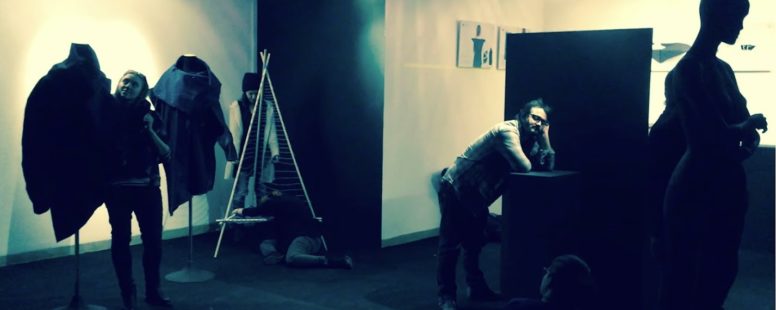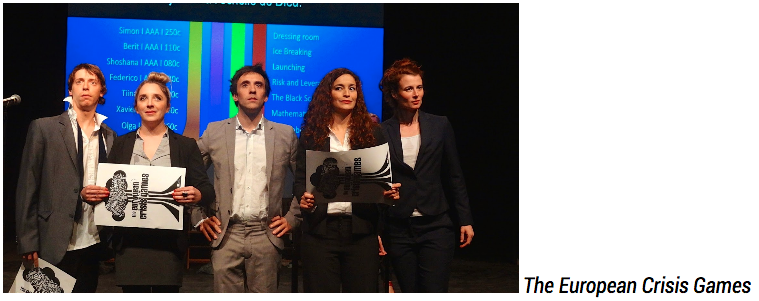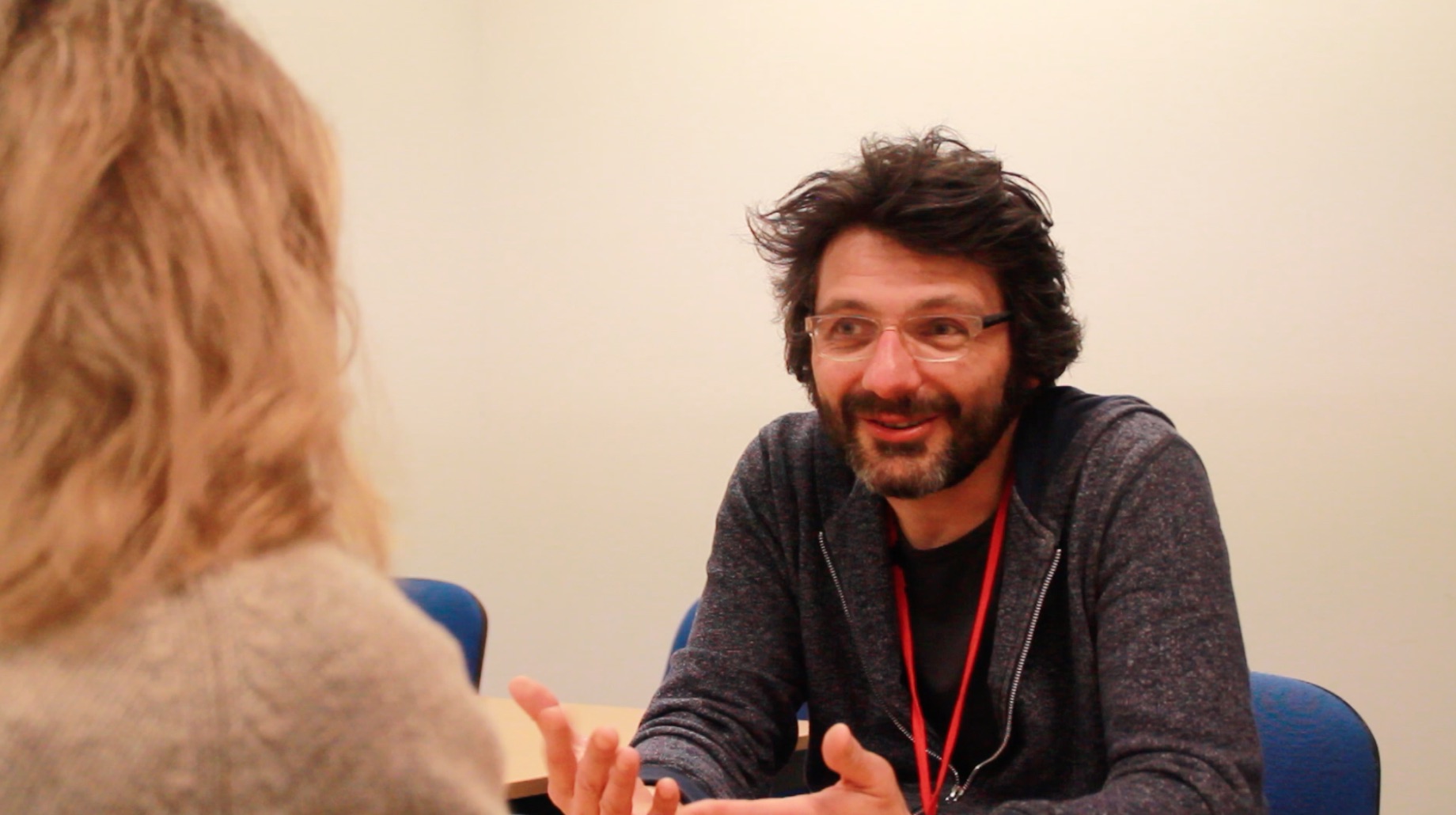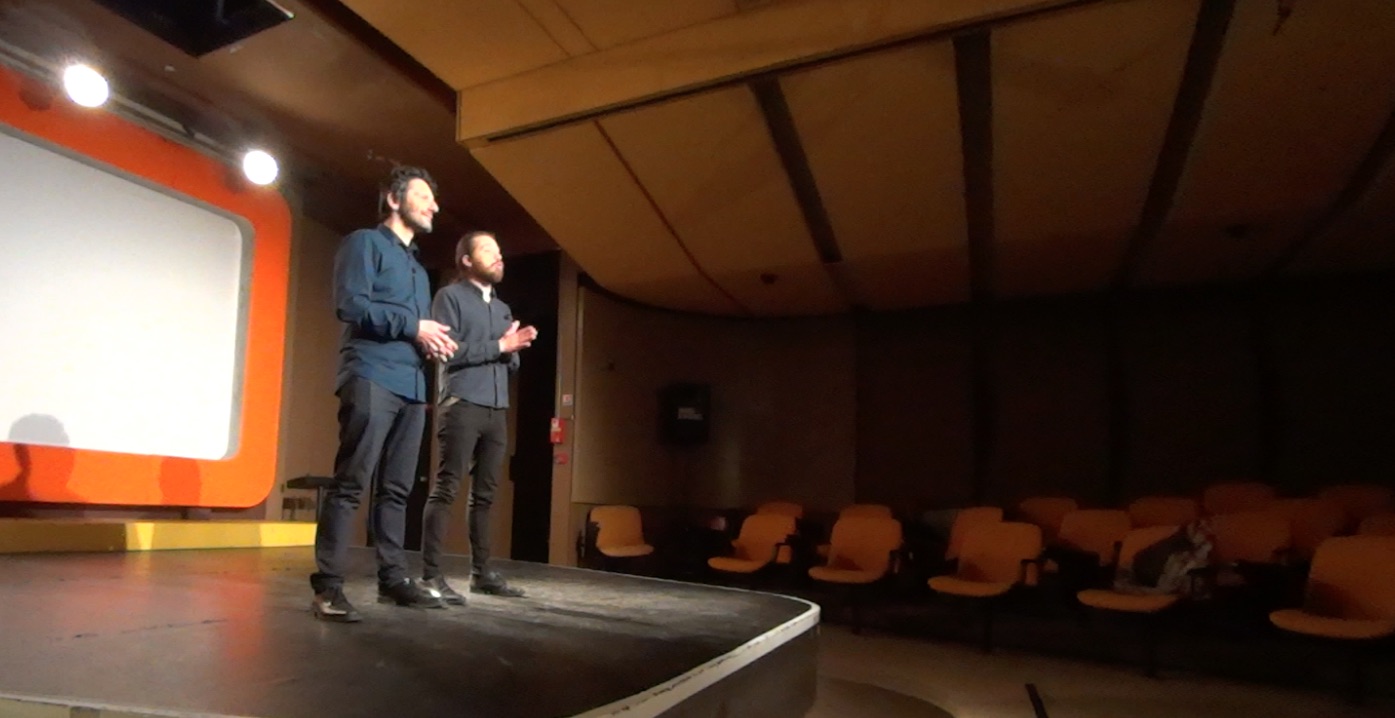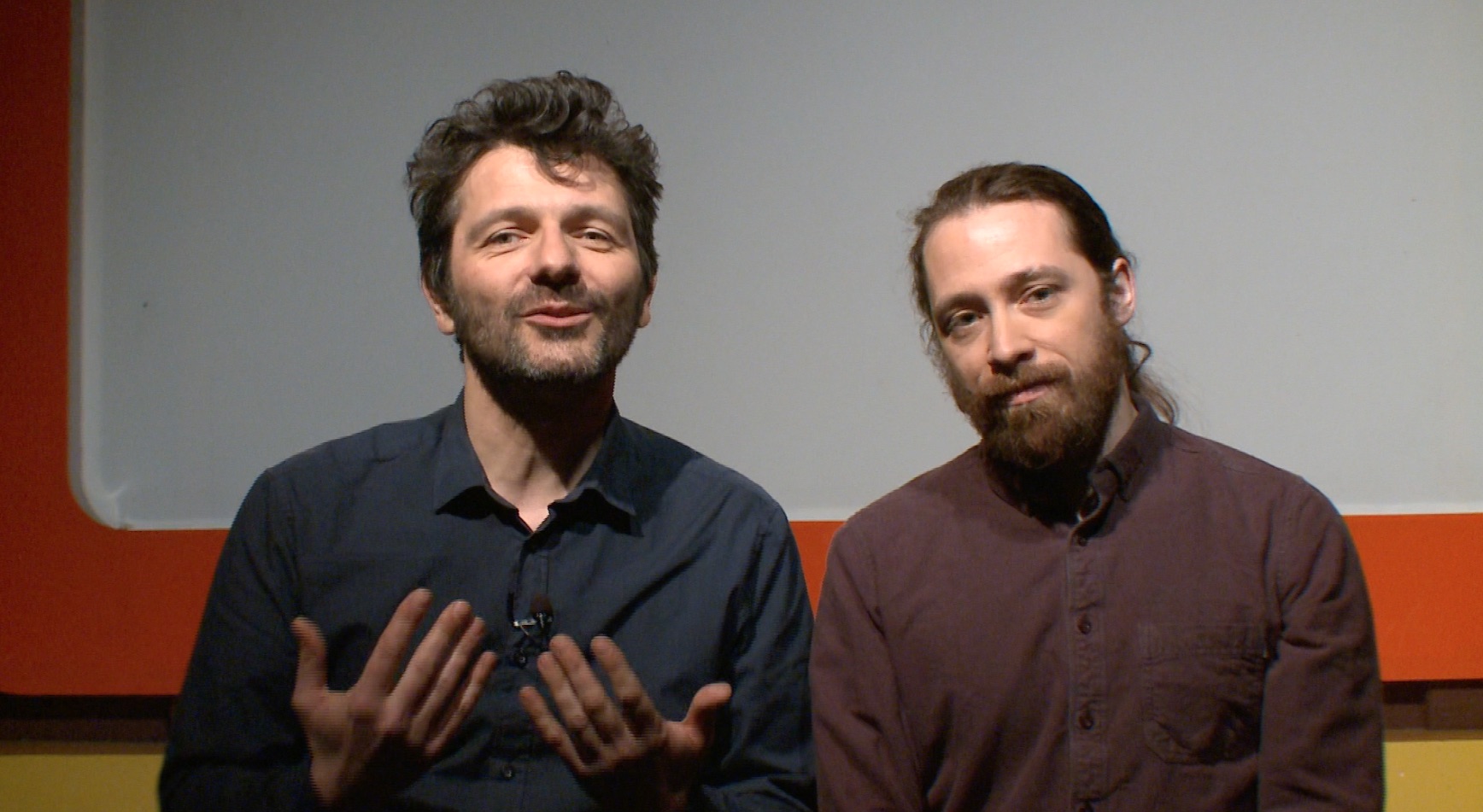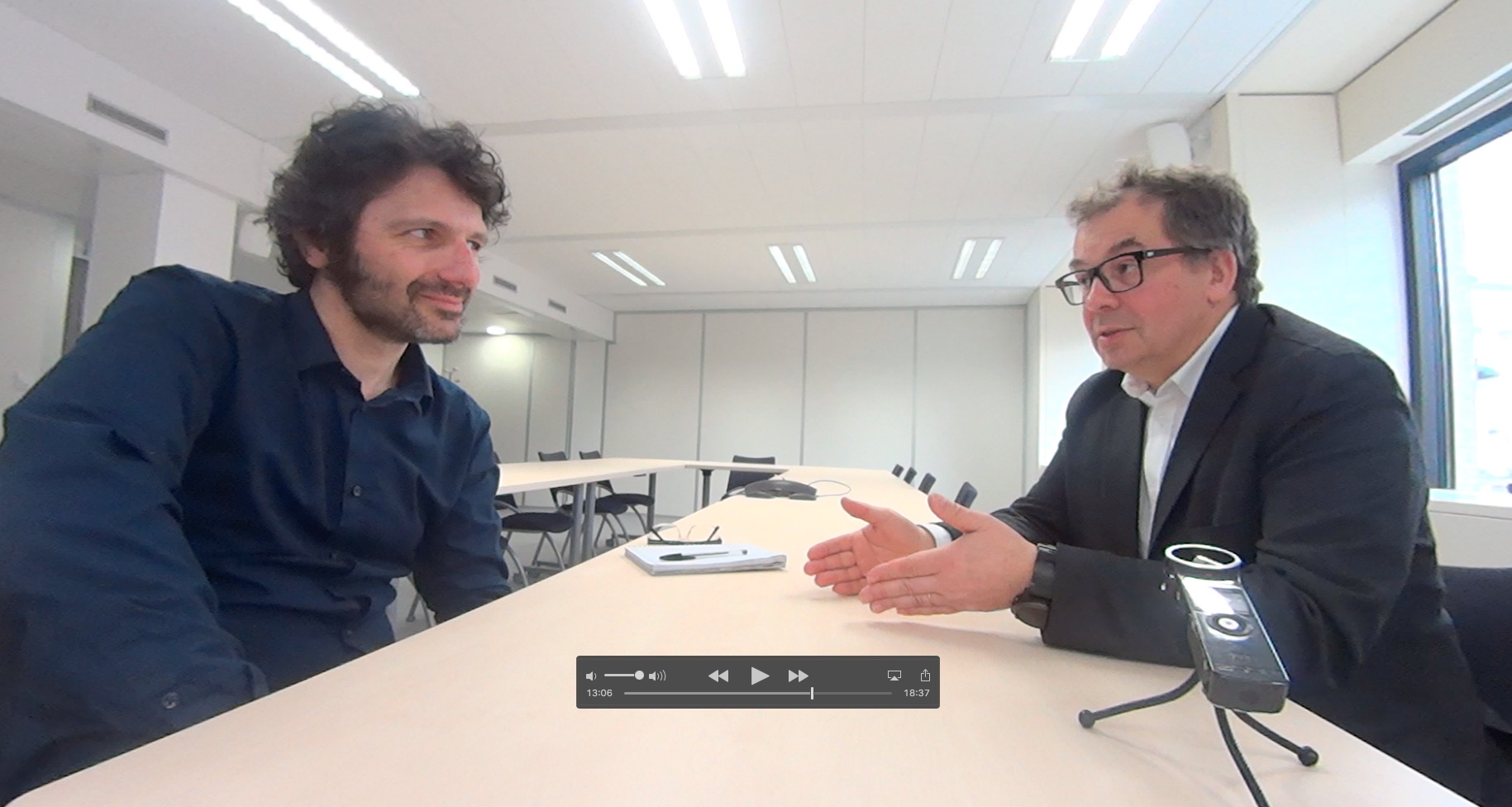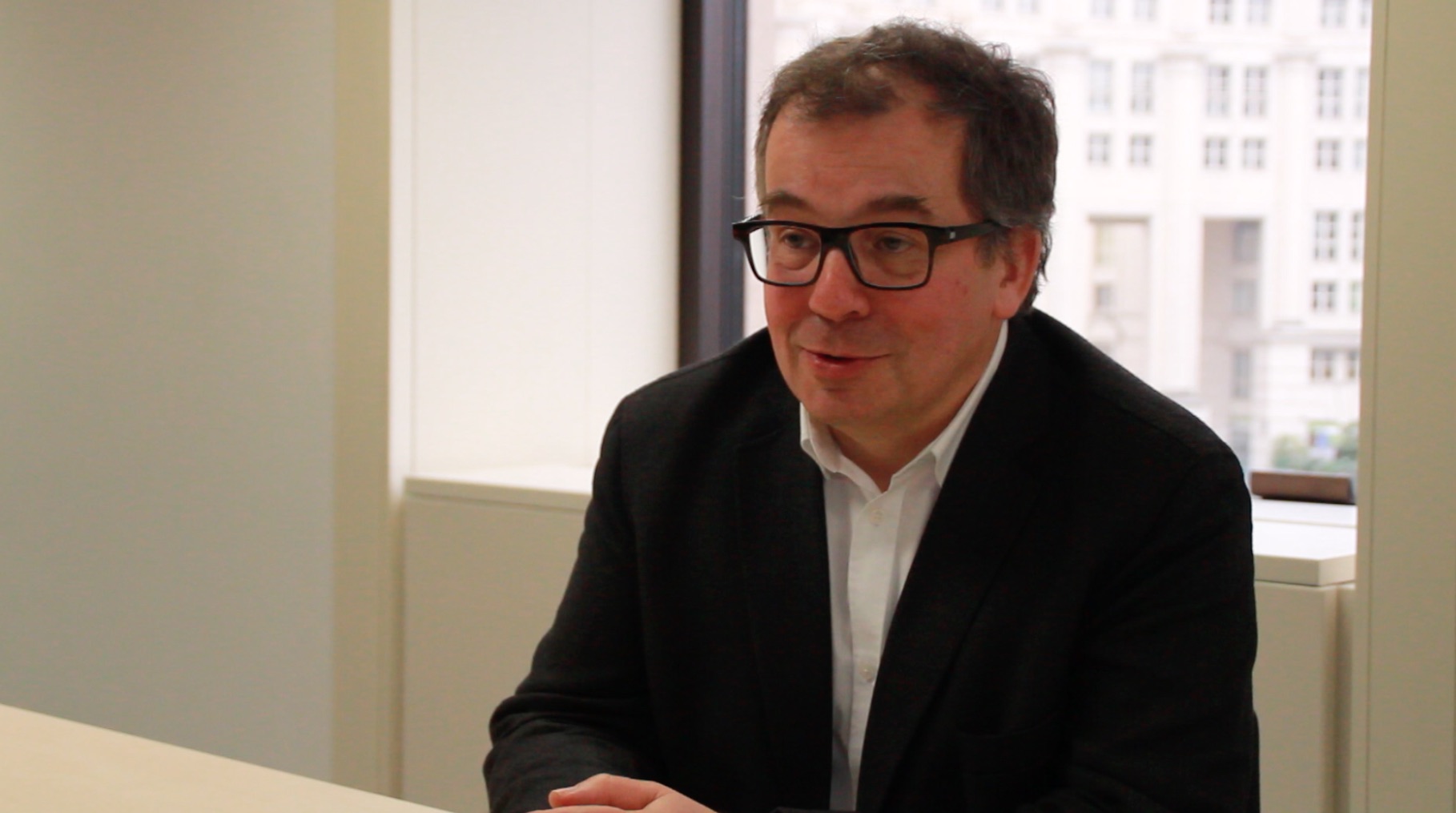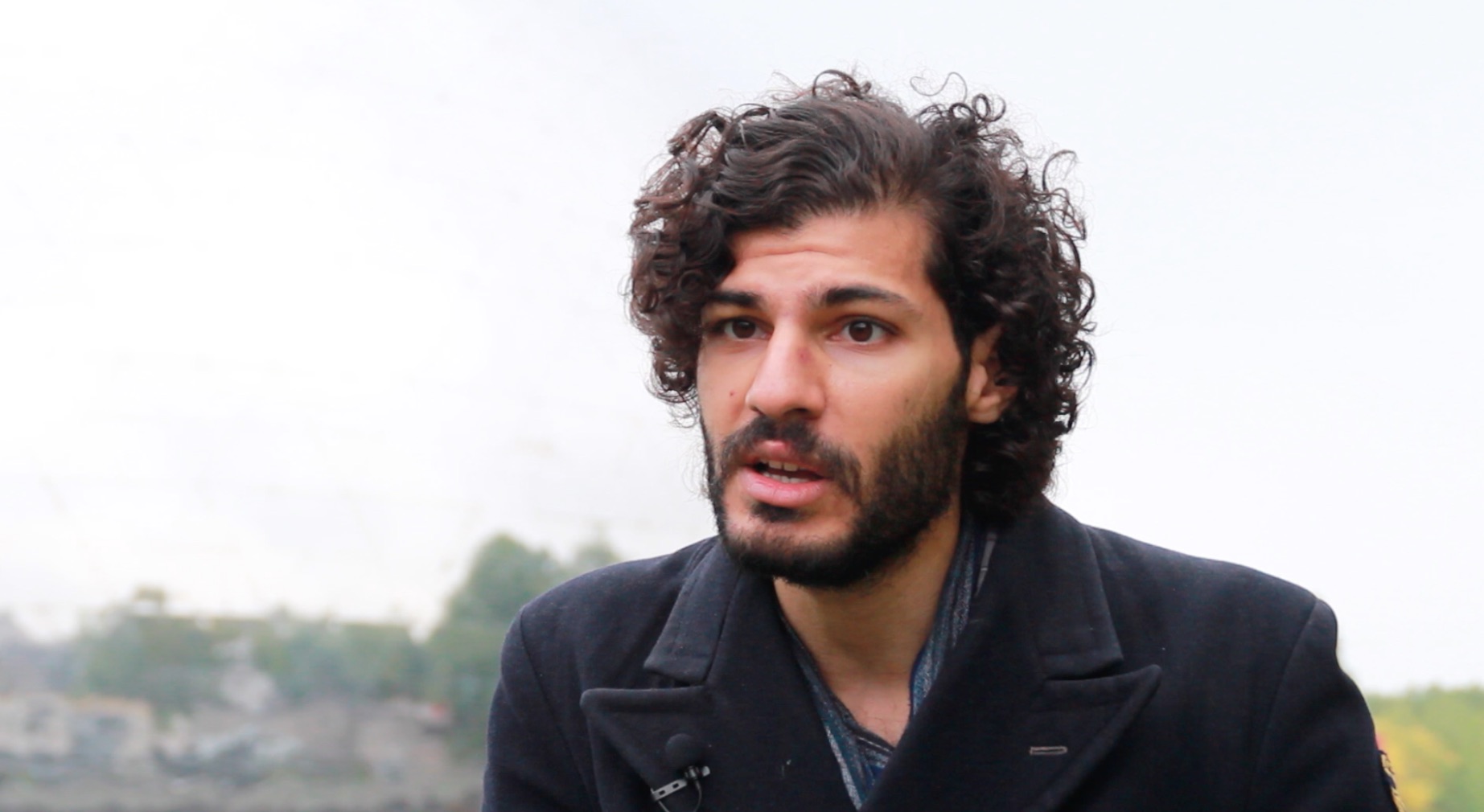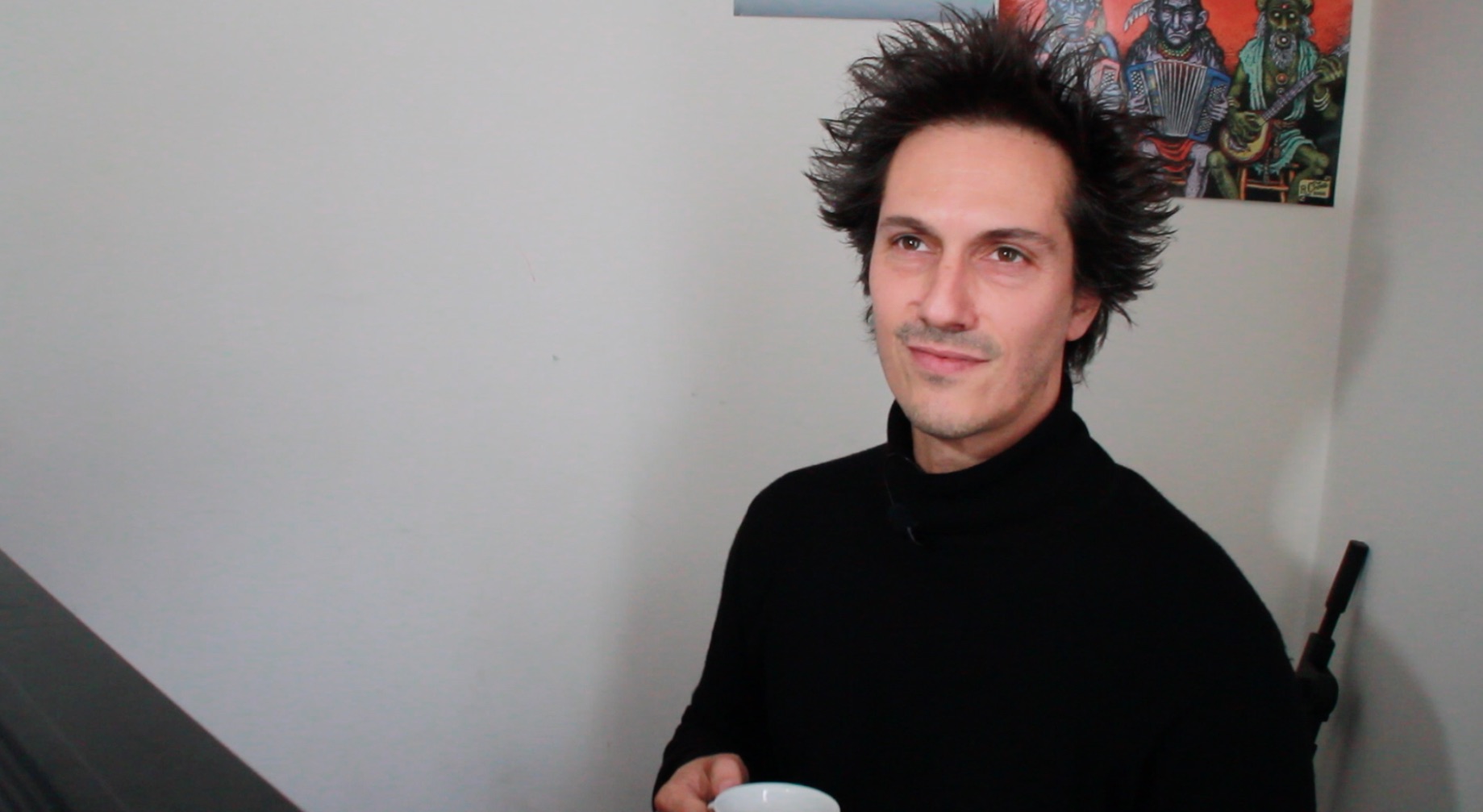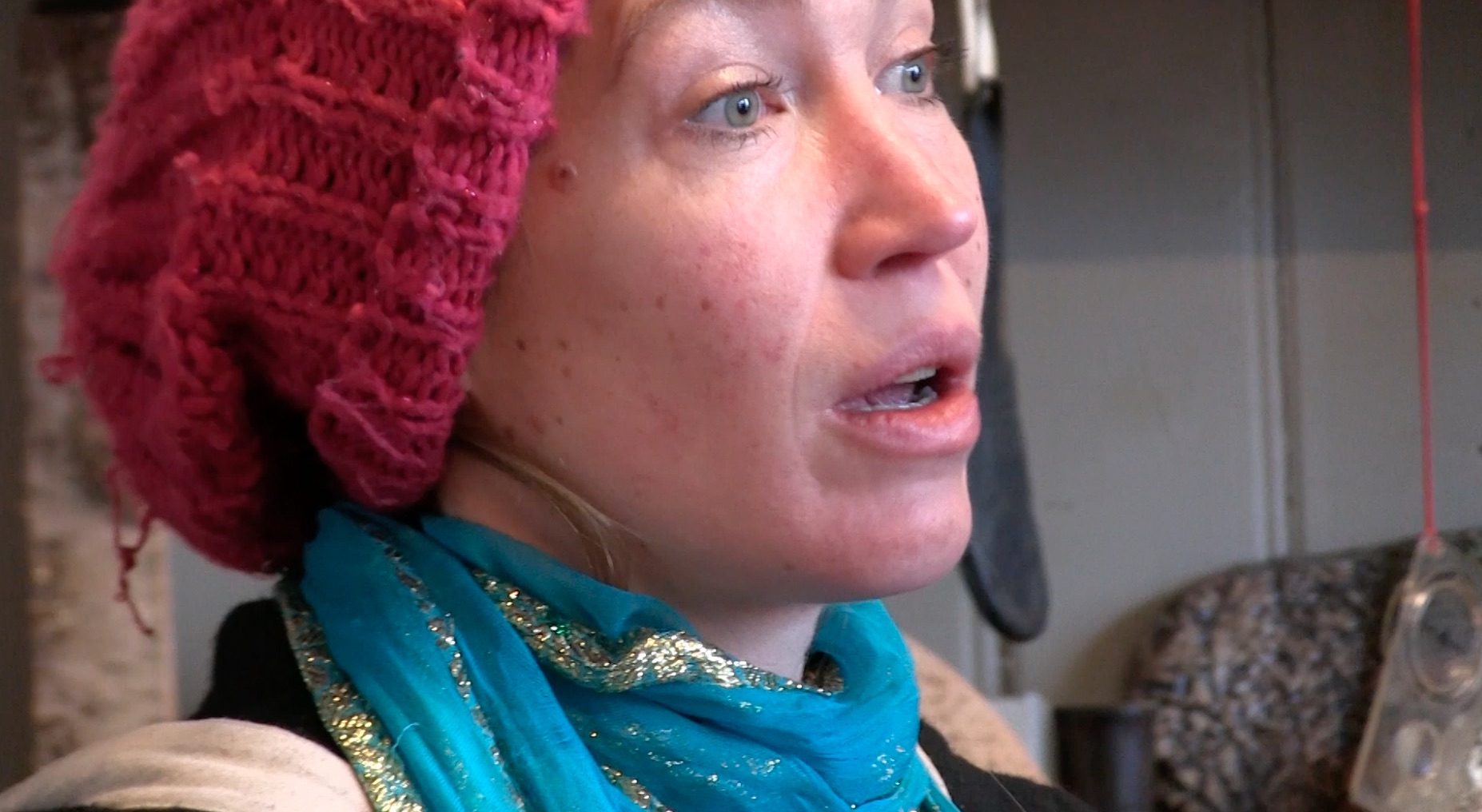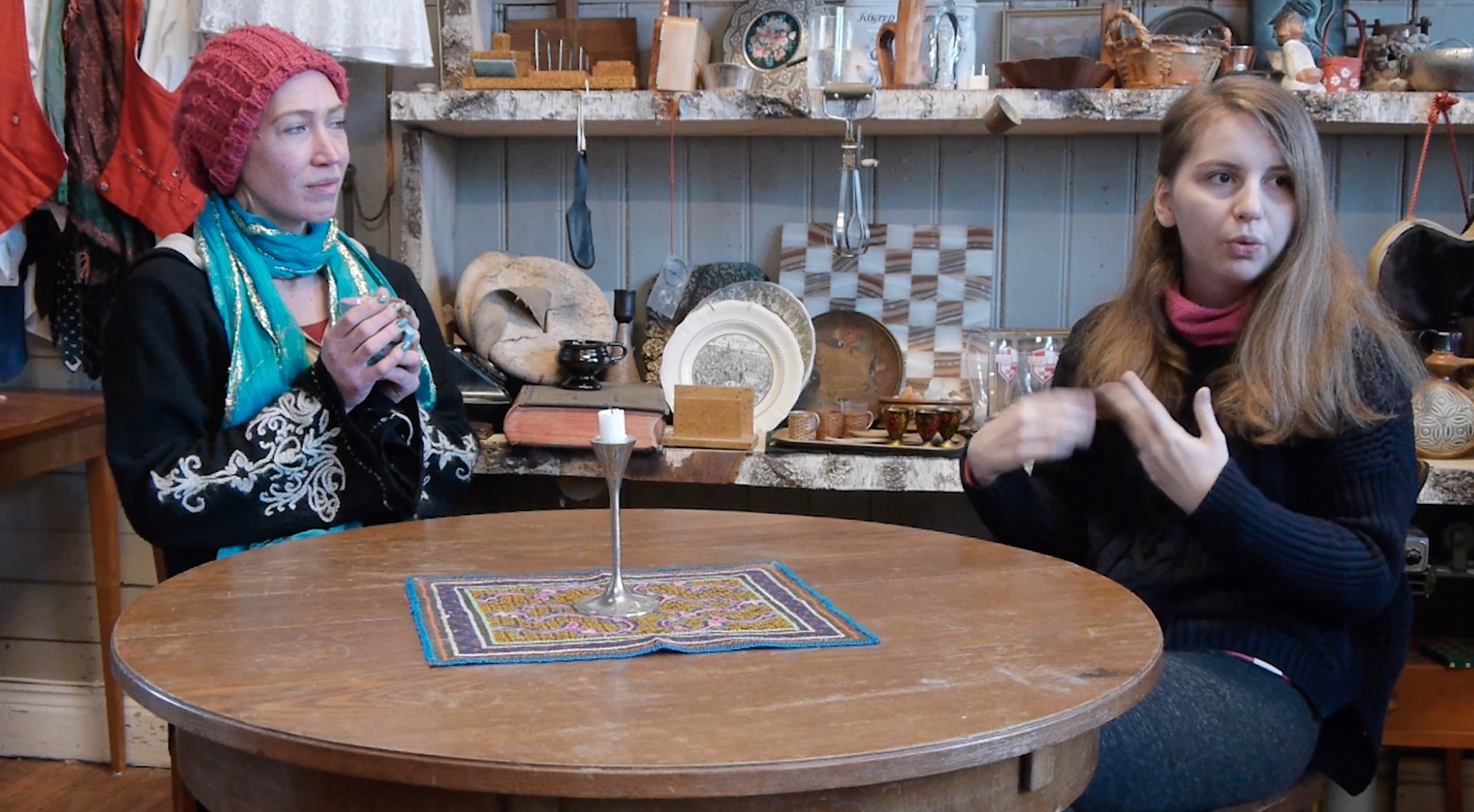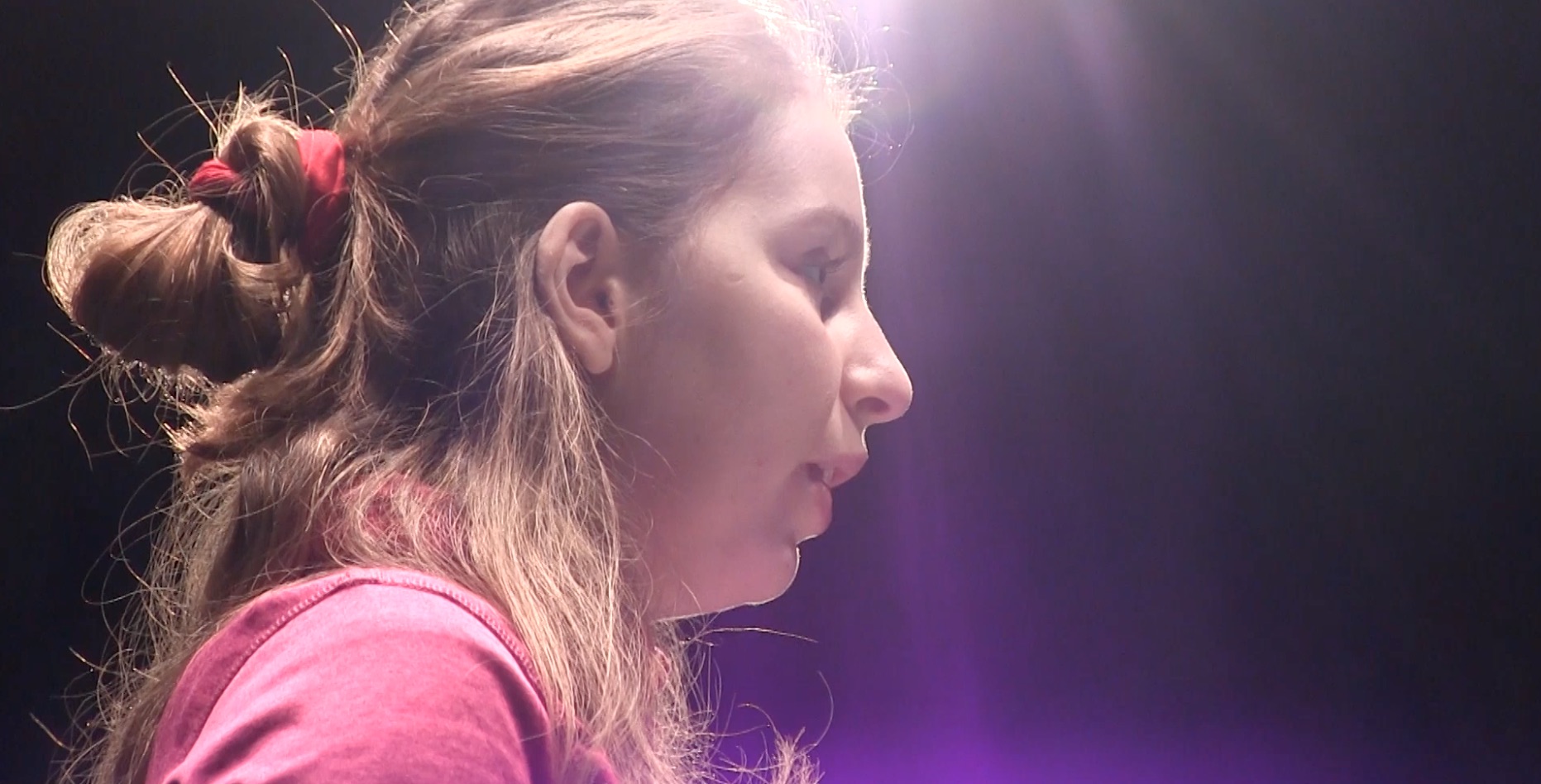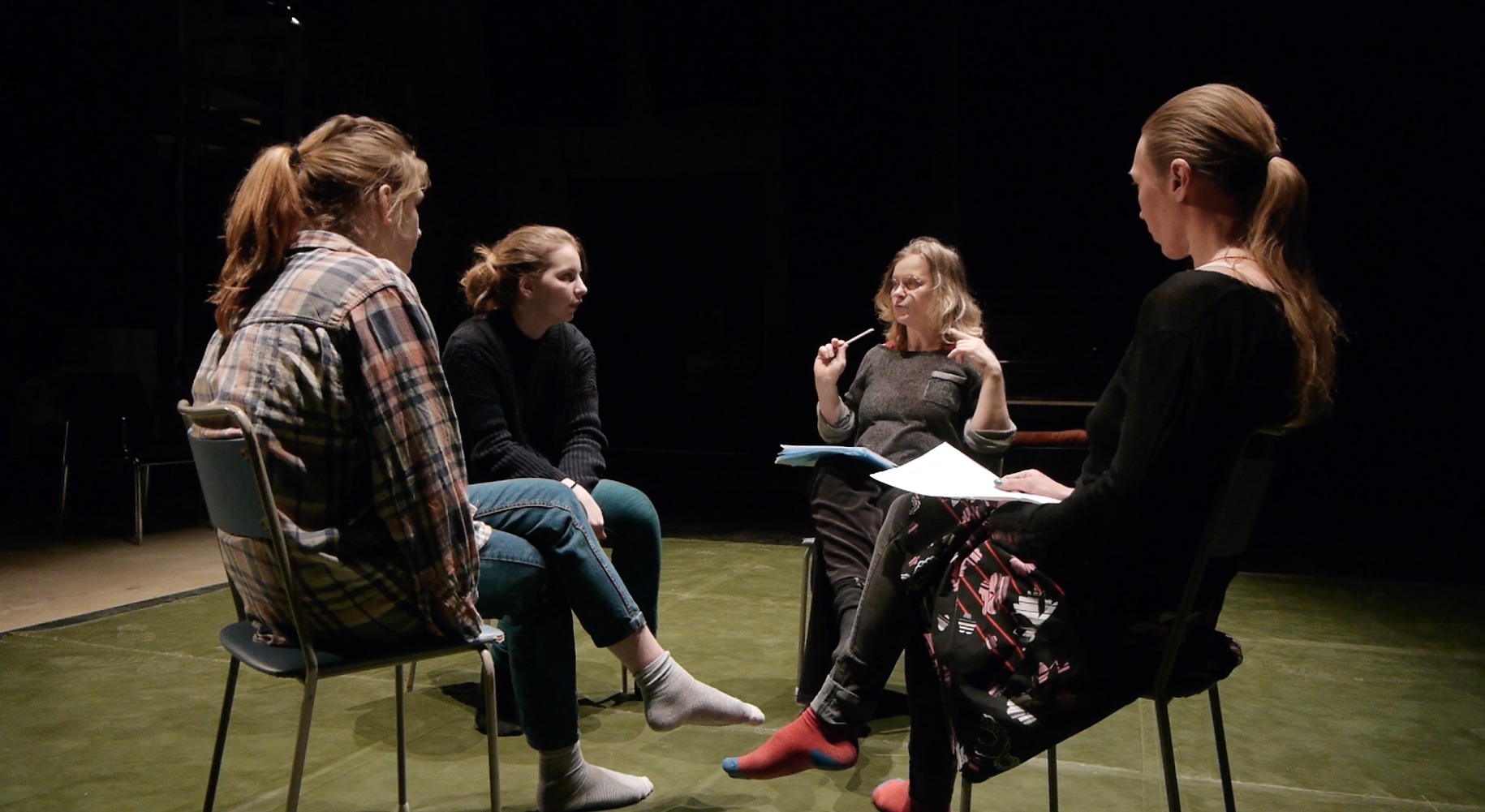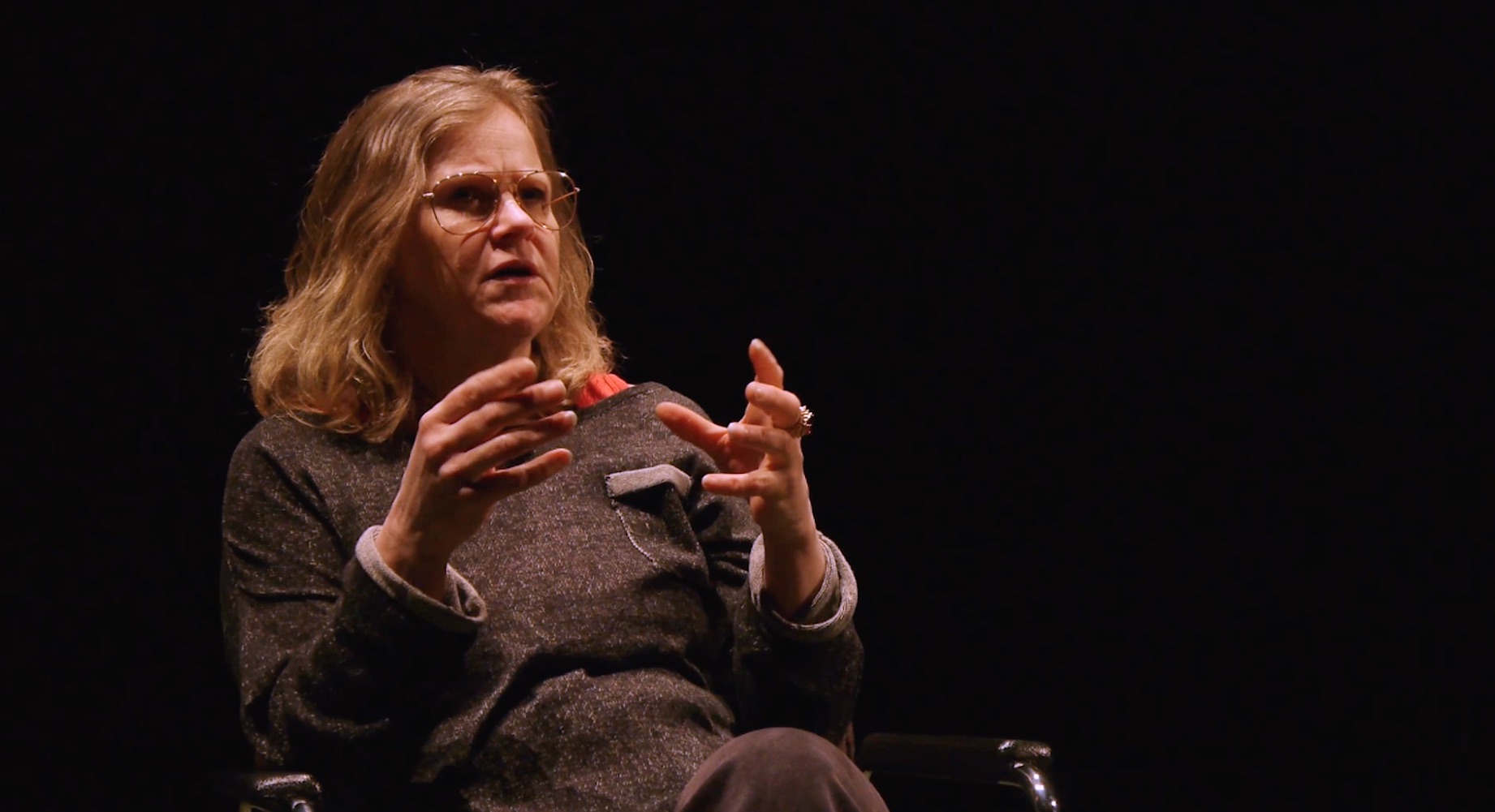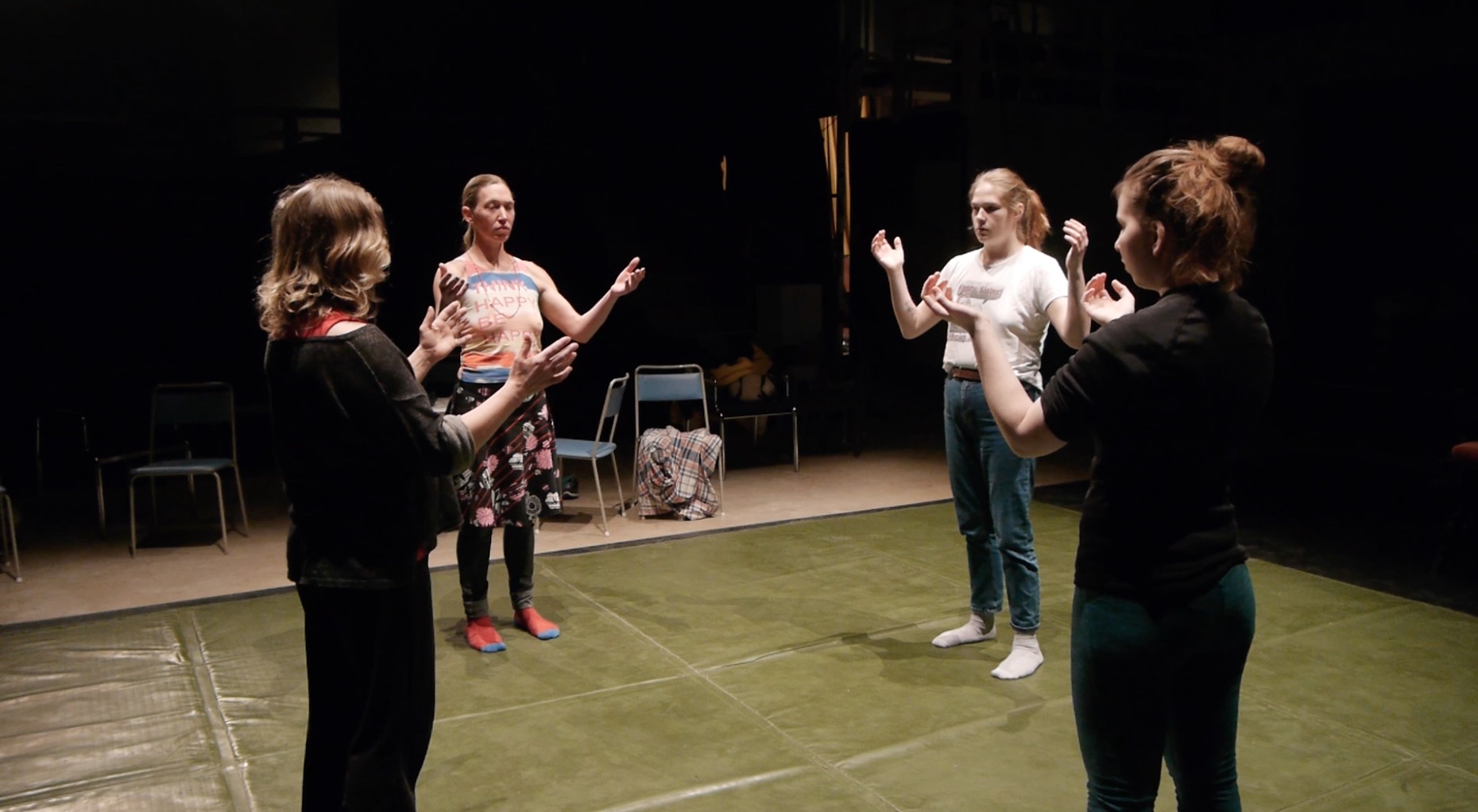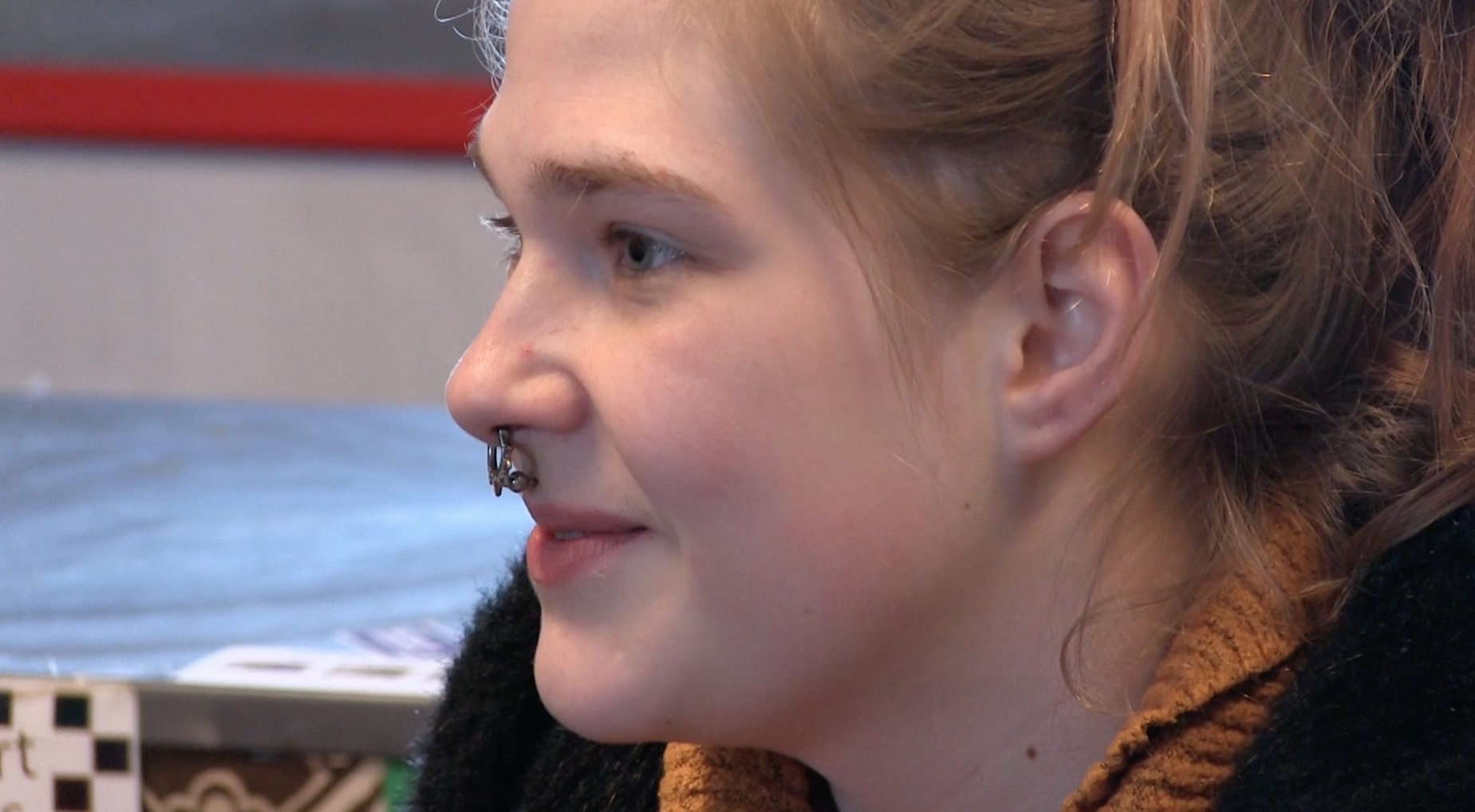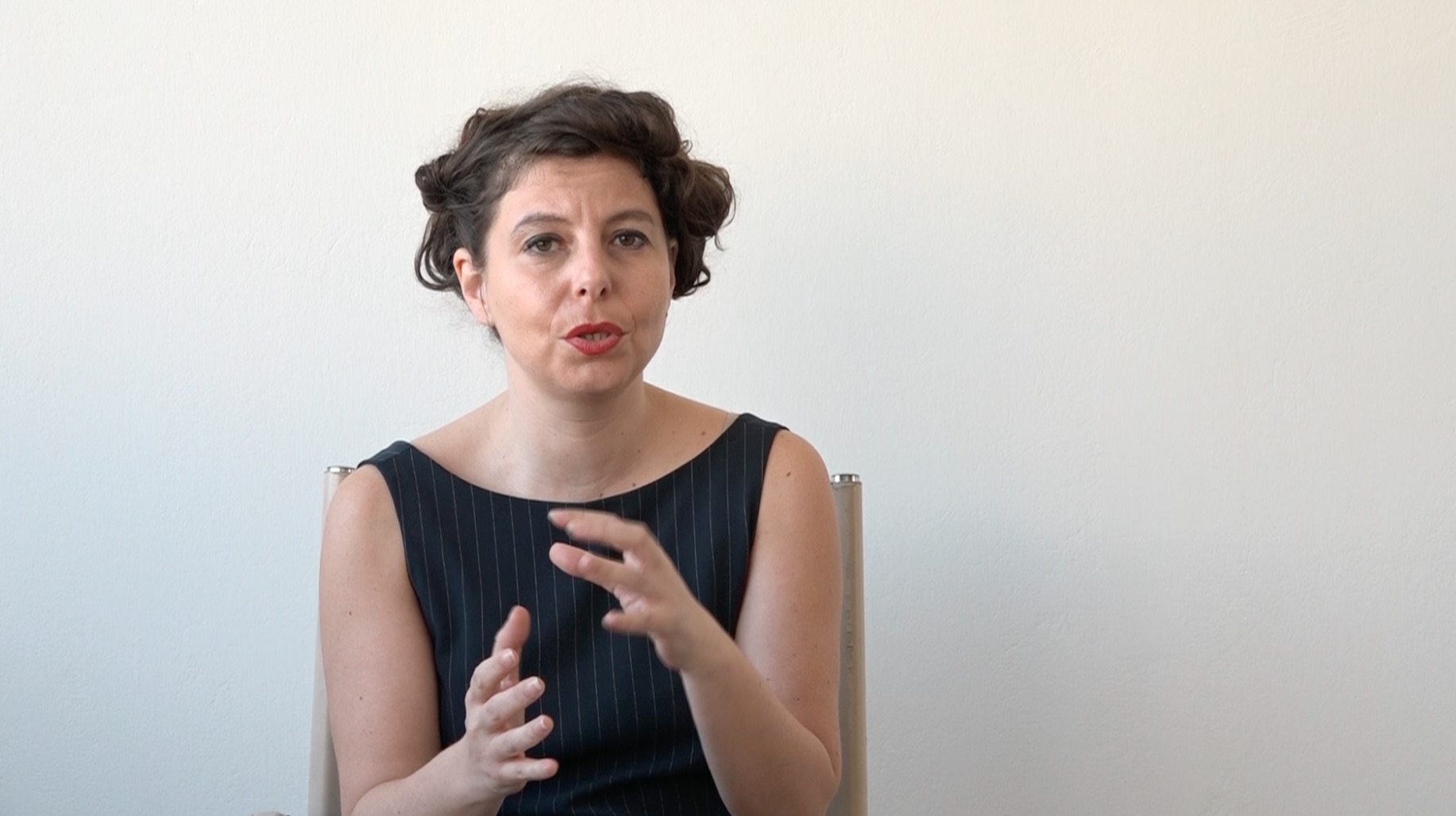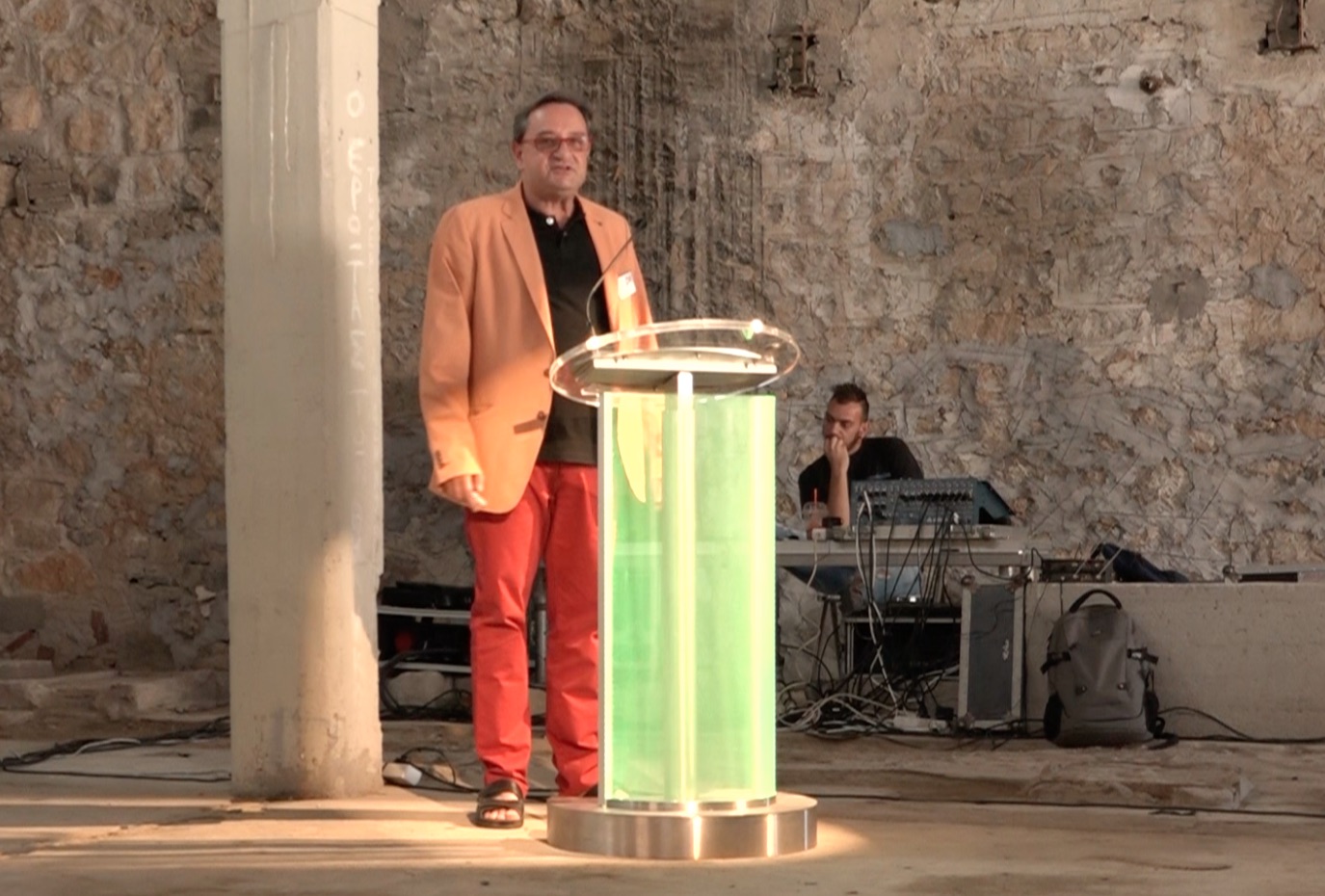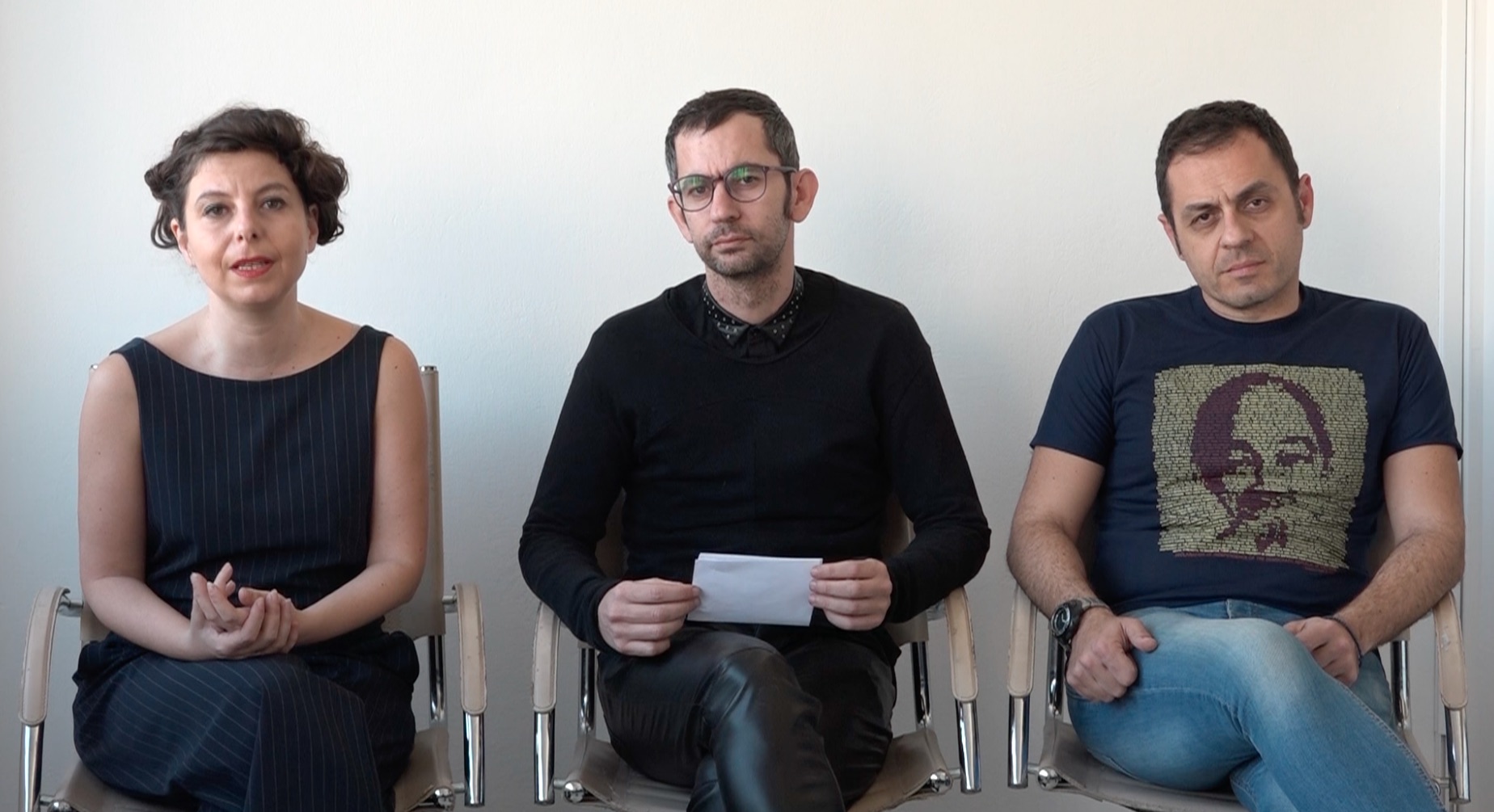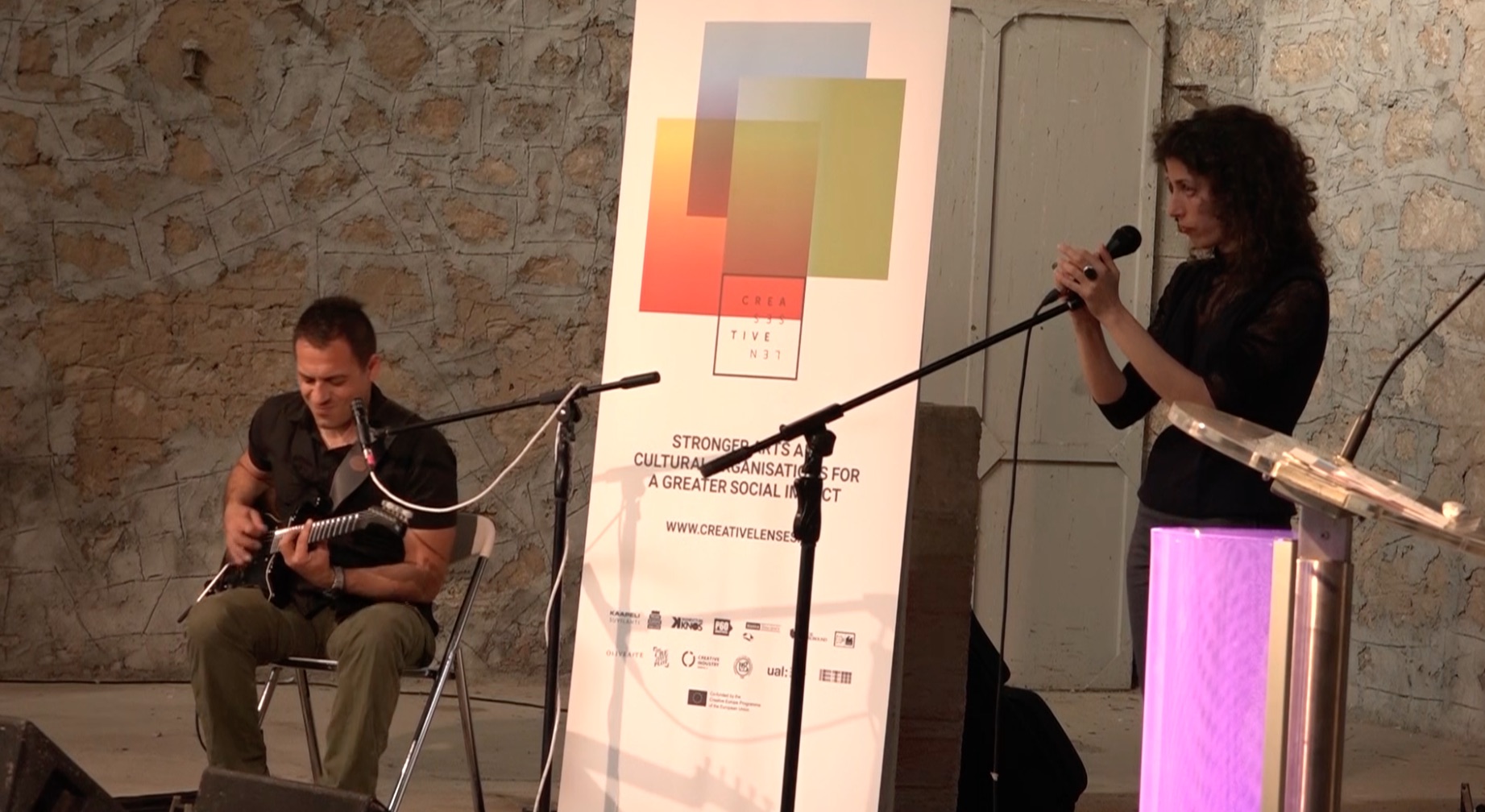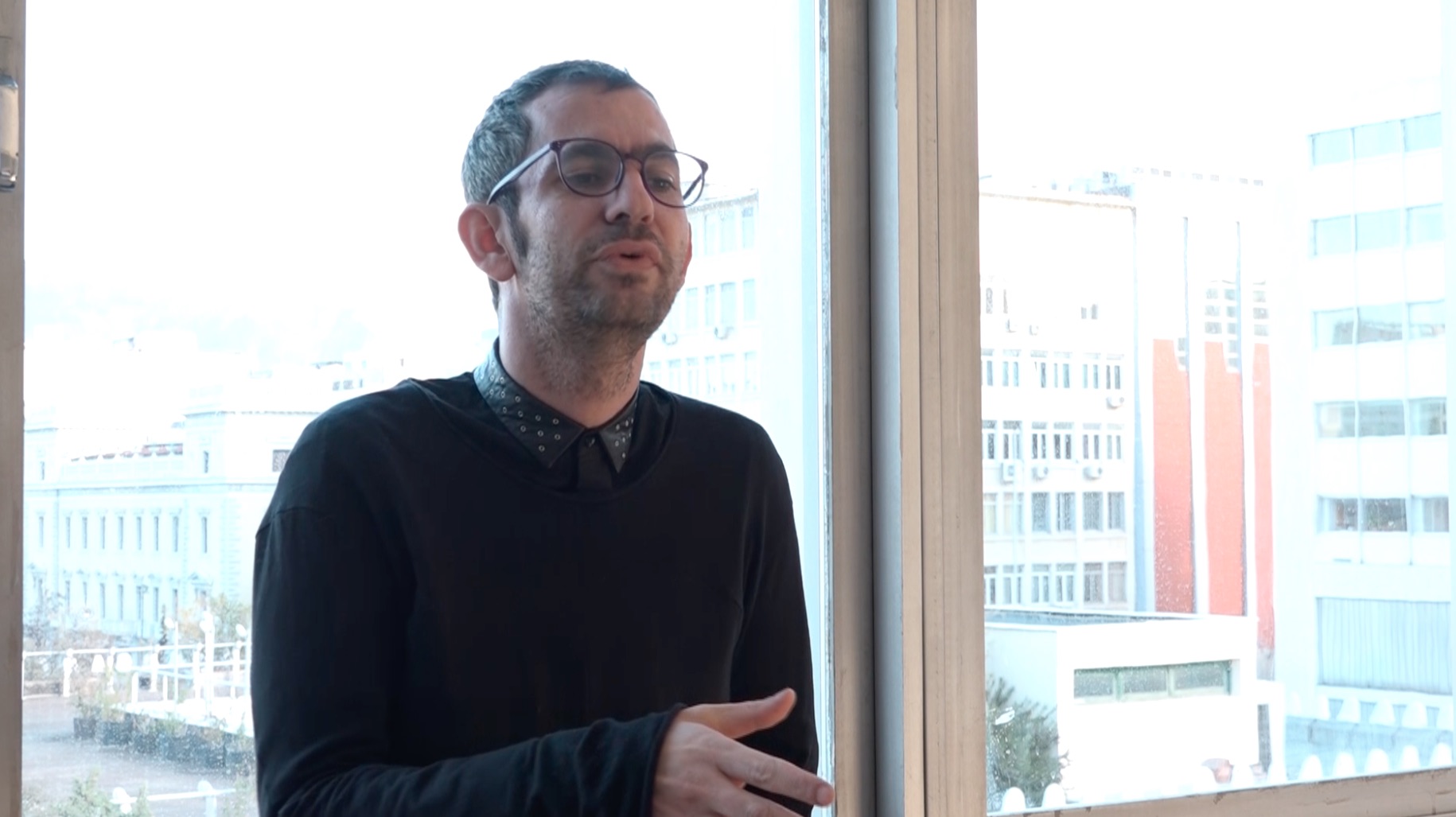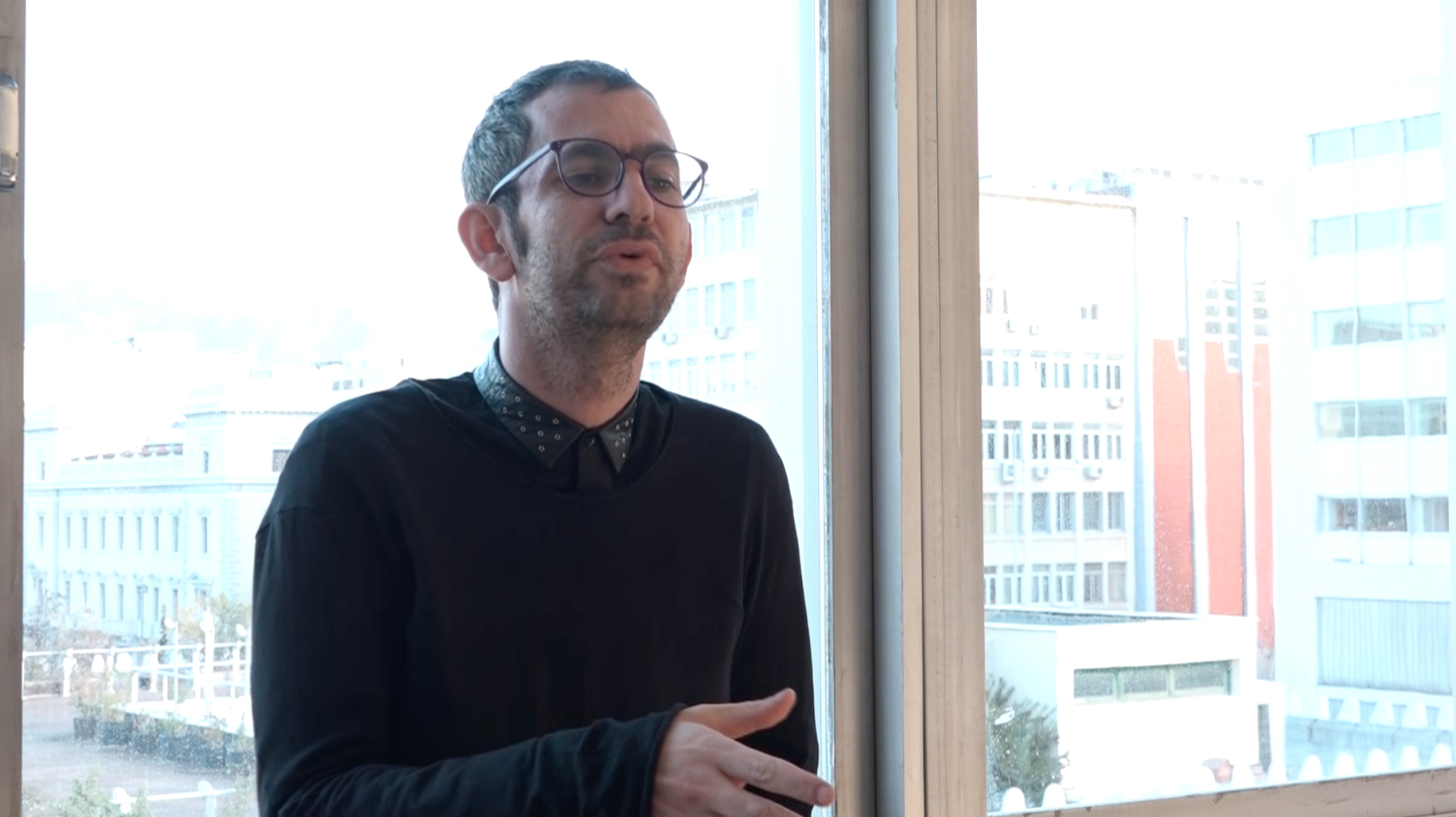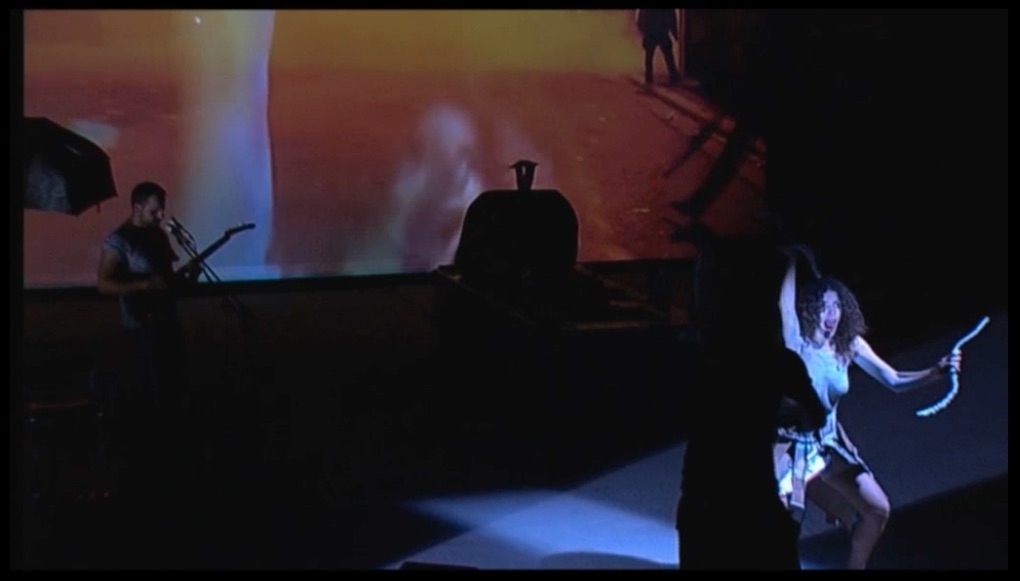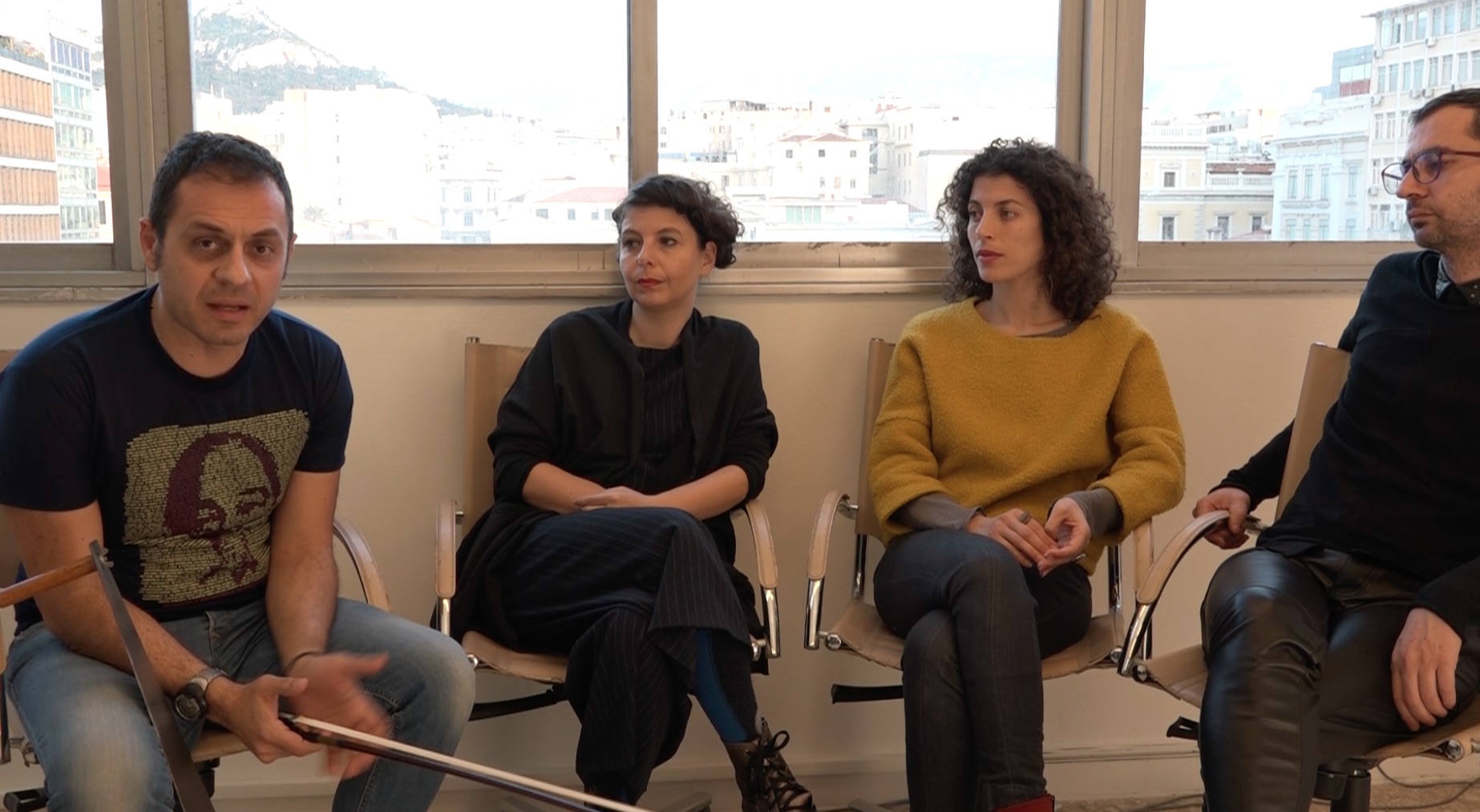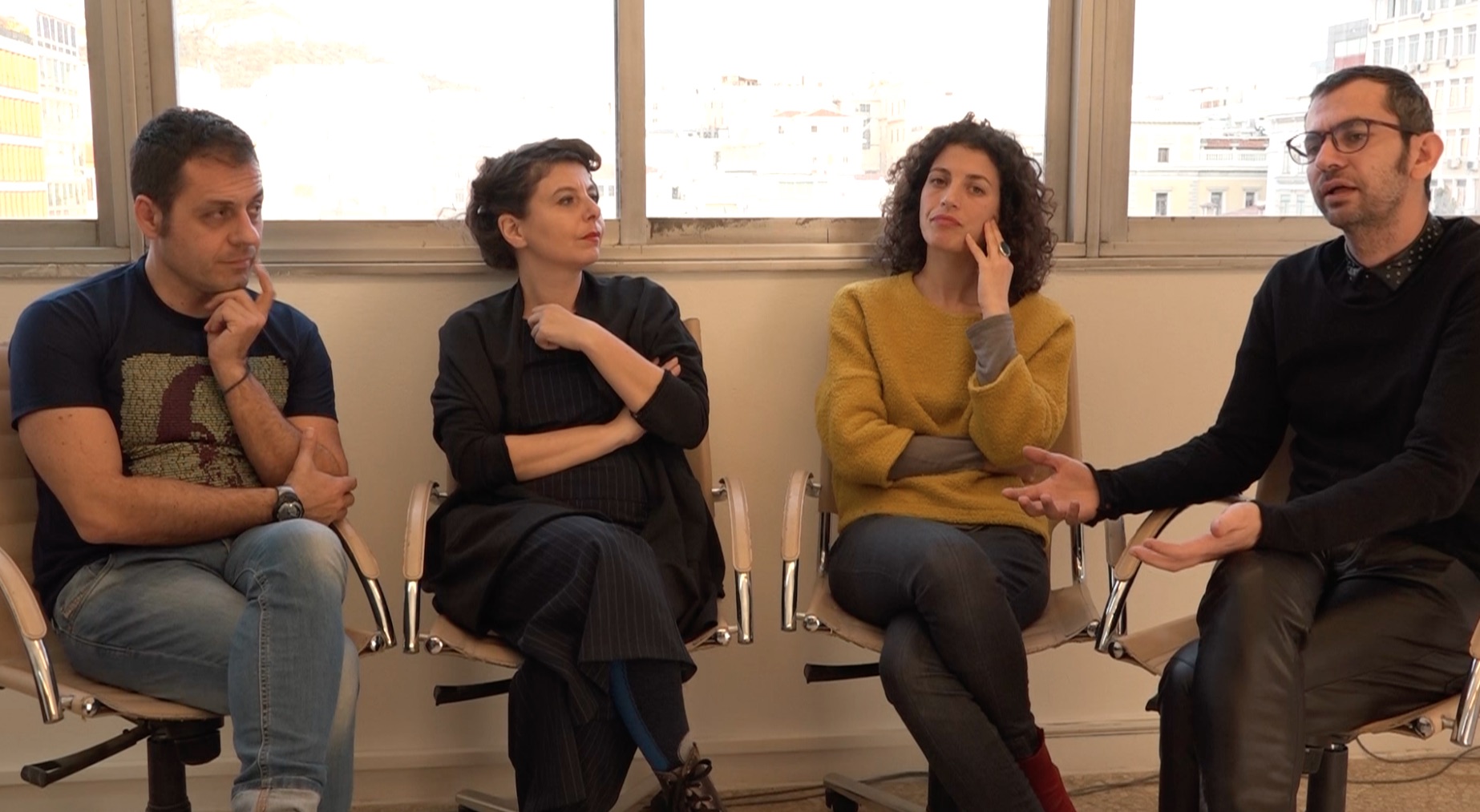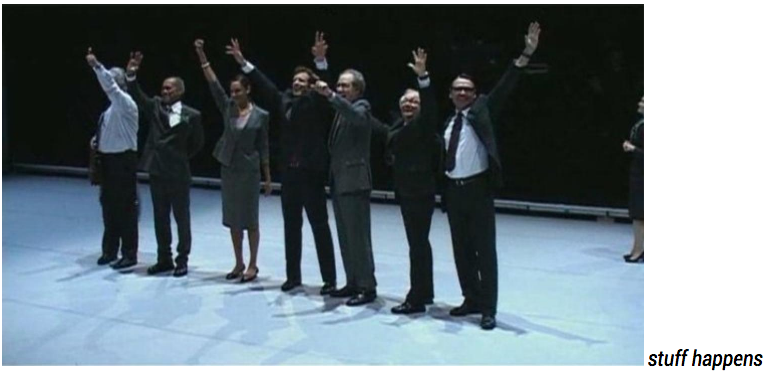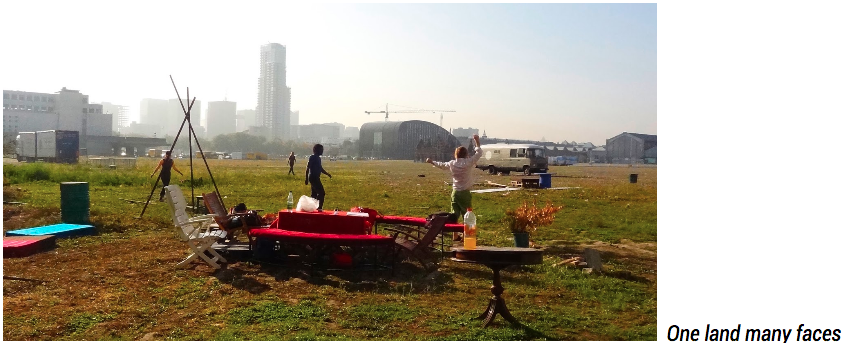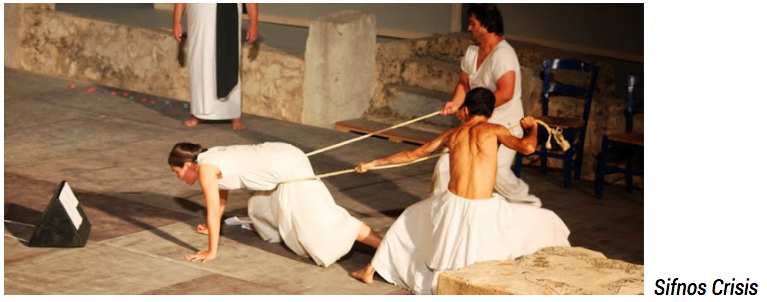Moocs
Season #1: writing
exploring art and politics through a writing experience for the stage
When you want to explore a political topic through an artistic experience, the first step can be the writing. But they are many ways to actually “write”.
Season #1 / Mooc #1 by La Transplanisphère > documentary theatre: interviewing experts and writing from their characters
- Topic: Documentary theatre. How to write on a topic by running an investigation (interviews, immersive experience, reportage, data collection) and using this material to write a play.
- Designer/developer: Bruno Freyssinet and Arthur Navellou
- Example. The European Crisis Games, a play inspired by a former documentary play and on the editing of interviews. Extracts from the play in Greece (Epidaurus), and in France (Paris).
- Interview: Bruno Freyssinet on the writing of The European Crisis Games. Interview of Xavier Timbaud, Economist and Director of L’Observatoire français des conjonctures économiques (OFCE), which interviews has been used as a material in the play and that saw the result. Gregory Veux, composer of the ECG soundtrack. Boubkar Benzabat, documentary filmmaker.
Mooc here
Season #1 / Mooc #2 by Ex Quorum > Social inclusion through theatre experience
- Topic: How to question a political topic with a youth group with less opportunities ? The Mooc will tell a process of writing (rewriting) inspired by official propaganda and online comments collected by an amateur group. The example material will be provided in the context of the Presidential elections of January 2016.
- Designer/ Developer: Hugo Miguel Coelho and Ana Silveira Ferreira
- Example: “Guerras/Crises” (“War/Crisis”), Hugo Miguel Coelho´s programme of work between 2010 and 2011, in whose context developed “Espuma” (“Froth”) inspired by online comments on that subject
- Interview: Hugo Miguel Coelho
Mooc here
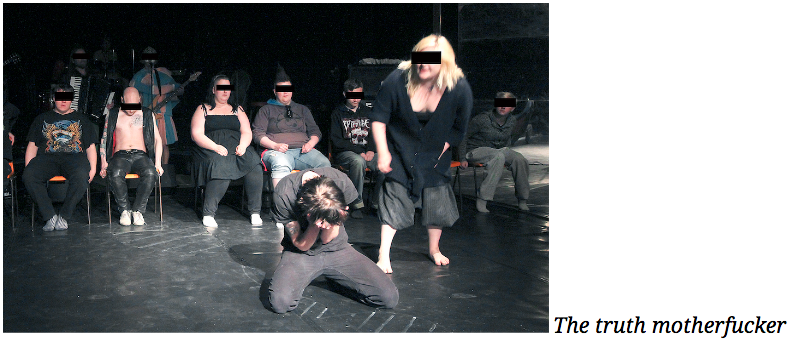
Season #1 / Mooc #3 by Teatermaskinen > write a monolog through an investigation and a collection of testimonies
- Topic: From the testimonies of many people to the writing of one monolog for one character. How to collect, transcript, analyse, select and then create a monolog as the quintessence of the whole corpus.
- Designer/developer: Jonas Engman and Hannes Olsson
- Example. The Truth motherfucker, a monologue written from the collect of many people testimonies all over Sweden. A Teatermaskinen production.
- Interview: Jonas Engman, artistic director of Teatermaskinen, Hannes Olsson, performer
Mooc available soon
Season #1 / Mooc #4 by ODC Ensemble > writing a performance from an open consultation
- Topic: How to develop a site specific performance based on a public debate? How to make the experience interactive even when performed? How to address and connect people from the debate to the deliver?
- Designer/developer: Elli Papakonstantinou, director / Dimitris Bampilis, dramaturge
- Example. ΜΕΤΑ, a performance about the end of the world. The project questioned people to society in a moment of crisis and the period after. A site-specific performance that incorporates theatre, dance, music and visual arts.
- Interview: Elli Papakonstantinou, director / Dimitris Bampilis, dramaturge
Mooc available soon
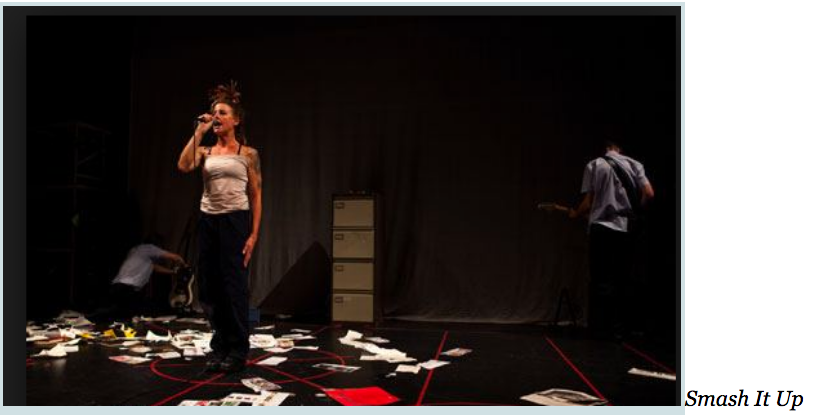
Season #1 / Mooc #5 by Volcano Theatre > Devising theatre for performance
- Topic: This MOOC is designed for those who wish to take an idea and, using a variety of different stimuli and techniques, develop a piece of theatrical work. Stimuli include artwork, music, objects, texts and space.
- Designer/developer: Alan Waldron and Erin Rickard
- Example. Smash It Up, a piece of political theatre created by Mr and Mrs Clark and Bosch. (videos of the piece and also other Smash It Up media)
- Interview: Gareth Clark who helped create the piece and Catherine Bennett, who choreographed the movement of it.
Season #1 / Mooc #6 by Ortzai Teatro e cine > writing a fiction by commission
- Topic: This Mooc will tell on the writing process of a fiction based on a specifical political context that is highly controversial. How to address a public that is very sensitive on a topic and propose a fiction as a way to tell and trigger empathy.
- Designer/developer : Iker Ortiz de Zarate
- Exemple. Y Ahora?, a play by Iker Ortiz de Zarate questioning the reconciliation after terrorists attack and the relation between the friend of a victim and the mother of an executioner.
- Interview: Iker Ortiz de Zarate about its work as an author self commissioned.
Season #2: Staging
exploring art and politics through designing and staging
After the writing, let’s explore different ways to design and stage a political topic.
Season #2 / Mooc #7 by La Transplanisphère > staging with live video environment
- Topic: The use of live video with actors on stage. How to stage a documentary play combining actors and a live video environment with cameras and screens.
- Designer/developer: Bruno Freyssinet and Arthur Navellou
- Example. Stuff happens, a play by David Hare. Commented relevant passages from the play in France (Paris, Nanterre) as broadcasted on National Television France2.
- Interview: Bruno Freyssinet and William Nadylam on the staging of Stuff Happens
Season #2 / Mooc #9 by Ex Quorum > The centre on stage or the stage on centre
- Topic: How to run a sequence of public performative and physical, developing a barely perceptible performance among the usual passers in the very main centre of the city.
- Designer/ Developer: Hugo Miguel Coelho and Ana Silveira Ferreira
- Example: π PI – Projecto de Investigação from Ana Silveira Ferreira used to work on public spaces, as gardens, roundabouts, squares in its own performative path, such as happened per example with “Como um remador à deriva” (“As a rower adrift”) (2008 and 2009, in Vila Velha Ródão/Portugal, Paris/France, Kraków/Poland) or “Proust and others” (2015, in Évora, when being a partner at Tadeusz Kantor Centenary International Conference)
- Interview: Ana Silveira Ferreira
Season #2 / Mooc #8 by Teatermaskinen > stagging a community project in the landscape
- Topic: How to gather a village community to a common performative experience taking place in a forest: call for participation, dispatch of responsabilities, implementation, rehearsal process.
- Designer/developer: Berit Engman
- Example. Vi går en annan väg (We go another way), Projekt Riddarhyttan. A project involving the whole village next to Culture reservation for a one day and a half experience.
- Interview: Berit Engman, artistic director
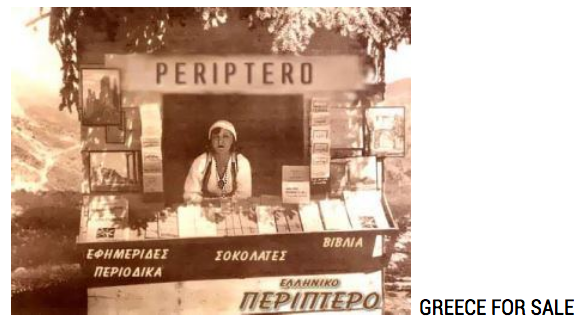
Season #2 / Mooc #10 by ODC Ensemble > Design an interactive installation in the public space
- Topic: How to design an interactive artistic installation in the public space questioning a hot social and political issue? How to mobilize contributions? How to borrow techniques from the commercial sector to impact the public spaces and the community?
- Designer/developer: Elli Papakonstantinou, director
- Example. GREECE FOR SALE / Advanced Capitalism Culture. An interactive installation / campaign to save the artists in the country that invented theatre.
- Interview: Elli Papakonstantinou, director – Martin Schick, designer
Season #2 / Mooc #12 by Volcano Theatre > Applied theatre in action
- Topic: This MOOC is designed for those who wish to use the experiences and stories of a particular group, ie., the homeless, refugees, socially deprived minorities and then create a piece of theatre around that, with these people as the principle audience members. This performance is staged in a place particular to the target groups, e.g. prison, social care home etc.
- Designer/developer: Alan Waldron and Erin Rickard
- Example. Till Death, a piece by Theatre versus Oppression, which deals with domestic abuse and was performed for both women’s groups and male prisoners, staged in both shelters and in prison. With clips from the piece.
- Interview: Jennifer Hartley who wrote the play and someone whose life changed from having seen it.
Season #2 / Mooc #11 by Ortzai Teatro e cine > Realistic staging of a true story
- Topic: This Mooc will propose a realistic approach for the staging of a fiction based on a true story. What is realistic on a stage? The difference on being realistic, true or sincere. How to simplify the staging in order to let a message go directly to the audience.
- Designer/developer : Iker Ortiz de Zarate
- Exemple. Y Ahora?, a play by Iker Ortiz de Zarate questioning the reconciliation after terrorists attack and the relation between the friend of a victim and the mother of an executioner.
- Interview: Iker Ortiz de Zarate about its work as the director of Y ahora?
Season #3: Performing
exploring art and politics through characters and acting
After writing and staging, Polart Circle explores different ways to perform on stage a character, or to build up a crew of performers.
Season #3 / Mooc #13 by La Transplanisphère : performing with multicultural artists
- Topic: Gathering a theatre company for a performing choir. How to deal with artists from different background and/or country to work together on a choral staging. Distribution of roles, multiple roles for an actor, position of the actor between interpreting a role and telling the story. The use of different languages on stage. The use of songs and music.
- Designer/developer: Bruno Freyssinet and Arthur Navellou
- Example. One Land Many Faces. Commented relevant passages from the play.
- Interview: Bruno Freyssinet and Arthur Navellou.
Season #3 / Mooc #14 by Ex Quorum > Drafting politics
- Topic: How to direct performers in a devising and collaborative process of work, mixing people and professional actors, questioning the politics as characters. Between imitation, political cartoon and detachment, combined with silent physical experiences.?
- Designer/ Developer: Hugo Miguel Coelho and Ana Silveira Ferreira
- Example: Sifnos Crisis, with similar approach, between Évora/ Portugal and Sifnos/ Greece in 2013
- Interview: Hugo Miguel Coelho and Ana Silveira Ferreira, Vicente Sá and Joana Cavaco (usual ExQuorum performer).
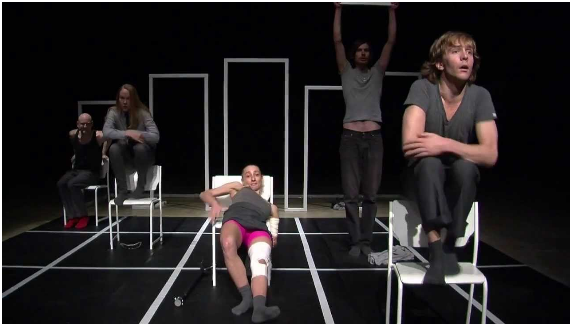
Season #3 / Mooc #15 by Teatermaskinen > From rhetoric of words to rhetoric of movement
- Topic: How to transform message and rhetorics into movement? How to transpose speeches and concepts through body, space and time? How to use movement to create a language that can freed from the constraints of idioms.
- Designer/developer: Amanda Billberg, choreographer and dancer
- Example. Temporary Monad, door 9. A multidisciplinary project initiated to deal with the fabric of life: a connection with the performance frontier and politics in the broadest contemporary global meaning.
- Interview: Amanda Billberg, choreographer and dancer
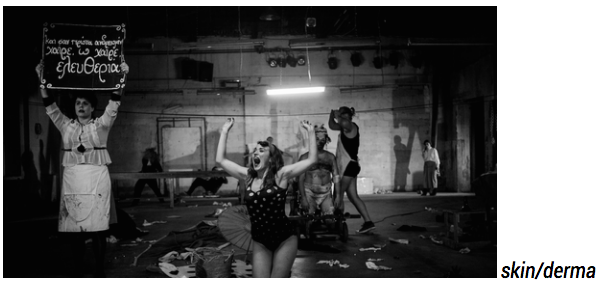
Season #3 / Mooc #16 by ODC Ensemble > associating on stage performers from different disciplines
- Topic: How to gather on stage performers that comes from different backgrounds and disciplines to express together a political topic? How to create a language allowing a cooperation between performers, musicians and visual artists?
- Designer/developer: Elli Papakonstantinou, director
- Example. SKIN/DERMA, a performance on T. Hobbe’s LEVIATHAN. A ‘tribute’ to mechanical work, to apathy and resistance.
- Interview: Elli Papakonstantinou, director – Tilemachos Moussas, Music – Adrian Frieling, performer
Season #3 / Mooc #17 by Volcano Theatre > social media and audience participation as “performers” in theatrical performances
- Topic: This MOOC is designed for those who wish to harness the new communicative and interactive possibilities that social media has for theatrical performances, e.g. Twitter, UStream etc. A new performing character that can be interactive with live performers.
- Designer/developer: Alan Waldron and Erin Rickard
- Example. Mi Minor, a Turkish satirical play written by Meltem Arikan, which included elements of mixed media and social media. (extracts of the piece and the documentary made about it)
- Interview: Writer Meltem Arikan and director Memet Ali Alabora, who have had to flee Turkey due, in part, to their work on Mi Minor.
Season #3 / Mooc #18 by Lithuanian Academy of Music and Theatre
> introduction to Tadashi Suzuki Method of Actor Training
- Topic: Tadashi Suzuki Method of Actor Training develops the actor’s inner physical sensibilities, builds the will, stamina and concentration. The Mooc activities include a series of exercises centered around the use of the feet in relation to one’s center. It is also related to how the actor views his/her work on stage.
- Designer/developer : Vesta Grabštaitė
- Exemple. A filmed masterclass from Tadashi Suzuki given at LMTA
- Interview: Tadashi Suzuki, designer of the method
[:en]
Season #1: writing
exploring art and politics through a writing experience for the stage
When you want to explore a political topic through an artistic experience, the first step can be the writing. But they are many ways to actually “write”.
Season #1 / Mooc #1 by La Transplanisphère > documentary theatre: interviewing experts and writing from their characters
- Topic: Documentary theatre. How to write on a topic by running an investigation (interviews, immersive experience, reportage, data collection) and using this material to write a play.
- Designer/developer: Bruno Freyssinet and Arthur Navellou
- Example. The European Crisis Games, a play inspired by a former documentary play and on the editing of interviews. Extracts from the play in Greece (Epidaurus), and in France (Paris).
- Interview: Bruno Freyssinet on the writing of The European Crisis Games. Interview of Xavier Timbaud, Economist and Director of L’Observatoire français des conjonctures économiques (OFCE), which interviews has been used as a material in the play and that saw the result. Gregory Veux, composer of the ECG soundtrack. Boubkar Benzabat, documentary filmmaker.
Mooc here
Season #1 / Mooc #2 by Ex Quorum > Social inclusion through theatre experience
- Topic: How to question a political topic with a youth group with less opportunities ? The Mooc will tell a process of writing (rewriting) inspired by official propaganda and online comments collected by an amateur group. The example material will be provided in the context of the Presidential elections of January 2016.
- Designer/ Developer: Hugo Miguel Coelho and Ana Silveira Ferreira
- Example: “Guerras/Crises” (“War/Crisis”), Hugo Miguel Coelho´s programme of work between 2010 and 2011, in whose context developed “Espuma” (“Froth”) inspired by online comments on that subject
- Interview: Hugo Miguel Coelho
Mooc here

Season #1 / Mooc #3 by Teatermaskinen > write a monolog through an investigation and a collection of testimonies
- Topic: From the testimonies of many people to the writing of one monolog for one character. How to collect, transcript, analyse, select and then create a monolog as the quintessence of the whole corpus.
- Designer/developer: Jonas Engman and Hannes Olsson
- Example. The Truth motherfucker, a monologue written from the collect of many people testimonies all over Sweden. A Teatermaskinen production.
- Interview: Jonas Engman, artistic director of Teatermaskinen, Hannes Olsson, performer
Mooc here
Season #1 / Mooc #4 by ODC Ensemble > writing a performance from an open consultation
- Topic: How to develop a site specific performance based on a public debate? How to make the experience interactive even when performed? How to address and connect people from the debate to the deliver?
- Designer/developer: Elli Papakonstantinou, director / Dimitris Bampilis, dramaturge
- Example. ΜΕΤΑ, a performance about the end of the world. The project questioned people to society in a moment of crisis and the period after. A site-specific performance that incorporates theatre, dance, music and visual arts.
- Interview: Elli Papakonstantinou, director / Dimitris Bampilis, dramaturge
Mooc available soon

Season #1 / Mooc #5 by Volcano Theatre > Devising theatre for performance
- Topic: This MOOC is designed for those who wish to take an idea and, using a variety of different stimuli and techniques, develop a piece of theatrical work. Stimuli include artwork, music, objects, texts and space.
- Designer/developer: Alan Waldron and Erin Rickard
- Example. Smash It Up, a piece of political theatre created by Mr and Mrs Clark and Bosch. (videos of the piece and also other Smash It Up media)
- Interview: Gareth Clark who helped create the piece and Catherine Bennett, who choreographed the movement of it.
Season #1 / Mooc #6 by Ortzai Teatro e cine > writing a fiction by commission
- Topic: This Mooc will tell on the writing process of a fiction based on a specifical political context that is highly controversial. How to address a public that is very sensitive on a topic and propose a fiction as a way to tell and trigger empathy.
- Designer/developer : Iker Ortiz de Zarate
- Exemple. Y Ahora?, a play by Iker Ortiz de Zarate questioning the reconciliation after terrorists attack and the relation between the friend of a victim and the mother of an executioner.
- Interview: Iker Ortiz de Zarate about its work as an author self commissioned.
Season #2: Staging
exploring art and politics through designing and staging
After the writing, let’s explore different ways to design and stage a political topic.
Season #2 / Mooc #1 by La Transplanisphère > staging with live video environment
- Topic: The use of live video with actors on stage. How to stage a documentary play combining actors and a live video environment with cameras and screens.
- Designer/developer: Bruno Freyssinet and Arthur Navellou
- Example. Stuff happens, a play by David Hare. Commented relevant passages from the play in France (Paris, Nanterre) as broadcasted on National Television France2.
- Interview: Bruno Freyssinet and William Nadylam on the staging of Stuff Happens
Season #2 / Mooc #2 by Ex Quorum > The centre on stage or the stage on centre
- Topic: How to run a sequence of public performative and physical, developing a barely perceptible performance among the usual passers in the very main centre of the city.
- Designer/ Developer: Hugo Miguel Coelho and Ana Silveira Ferreira
- Example: π PI – Projecto de Investigação from Ana Silveira Ferreira used to work on public spaces, as gardens, roundabouts, squares in its own performative path, such as happened per example with “Como um remador à deriva” (“As a rower adrift”) (2008 and 2009, in Vila Velha Ródão/Portugal, Paris/France, Kraków/Poland) or “Proust and others” (2015, in Évora, when being a partner at Tadeusz Kantor Centenary International Conference)
- Interview: Ana Silveira Ferreira
Season #2 / Mooc #3 by Teatermaskinen > stagging a community project in the landscape
- Topic: How to gather a village community to a common performative experience taking place in a forest: call for participation, dispatch of responsabilities, implementation, rehearsal process.
- Designer/developer: Berit Engman
- Example. Vi går en annan väg (We go another way), Projekt Riddarhyttan. A project involving the whole village next to Culture reservation for a one day and a half experience.
- Interview: Berit Engman, artistic director

Season #2 / Mooc #4 by ODC Ensemble > Design an interactive installation in the public space
- Topic: How to design an interactive artistic installation in the public space questioning a hot social and political issue? How to mobilize contributions? How to borrow techniques from the commercial sector to impact the public spaces and the community?
- Designer/developer: Elli Papakonstantinou, director
- Example. GREECE FOR SALE / Advanced Capitalism Culture. An interactive installation / campaign to save the artists in the country that invented theatre.
- Interview: Elli Papakonstantinou, director – Martin Schick, designer
Season #2 / Mooc #5 by Volcano Theatre > Applied theatre in action
- Topic: This MOOC is designed for those who wish to use the experiences and stories of a particular group, ie., the homeless, refugees, socially deprived minorities and then create a piece of theatre around that, with these people as the principle audience members. This performance is staged in a place particular to the target groups, e.g. prison, social care home etc.
- Designer/developer: Alan Waldron and Erin Rickard
- Example. Till Death, a piece by Theatre versus Oppression, which deals with domestic abuse and was performed for both women’s groups and male prisoners, staged in both shelters and in prison. With clips from the piece.
- Interview: Jennifer Hartley who wrote the play and someone whose life changed from having seen it.
Season #2 / Mooc #6 by Ortzai Teatro e cine > Realistic staging of a true story
- Topic: This Mooc will propose a realistic approach for the staging of a fiction based on a true story. What is realistic on a stage? The difference on being realistic, true or sincere. How to simplify the staging in order to let a message go directly to the audience.
- Designer/developer : Iker Ortiz de Zarate
- Exemple. Y Ahora?, a play by Iker Ortiz de Zarate questioning the reconciliation after terrorists attack and the relation between the friend of a victim and the mother of an executioner.
- Interview: Iker Ortiz de Zarate about its work as the director of Y ahora?
Season #3: Performing
exploring art and politics through characters and acting
After writing and staging, Polart Circle explores different ways to perform on stage a character, or to build up a crew of performers.
Season #3 / Mooc #1 by La Transplanisphère : performing with multicultural artists
- Topic: Gathering a theatre company for a performing choir. How to deal with artists from different background and/or country to work together on a choral staging. Distribution of roles, multiple roles for an actor, position of the actor between interpreting a role and telling the story. The use of different languages on stage. The use of songs and music.
- Designer/developer: Bruno Freyssinet and Arthur Navellou
- Example. One Land Many Faces. Commented relevant passages from the play.
- Interview: Bruno Freyssinet and Arthur Navellou.
Season #3 / Mooc #2 by Ex Quorum > Drafting politics
- Topic: How to direct performers in a devising and collaborative process of work, mixing people and professional actors, questioning the politics as characters. Between imitation, political cartoon and detachment, combined with silent physical experiences.?
- Designer/ Developer: Hugo Miguel Coelho and Ana Silveira Ferreira
- Example: Sifnos Crisis, with similar approach, between Évora/ Portugal and Sifnos/ Greece in 2013
- Interview: Hugo Miguel Coelho and Ana Silveira Ferreira, Vicente Sá and Joana Cavaco (usual ExQuorum performer).

Season #3 / Mooc #3 by Teatermaskinen > From rhetoric of words to rhetoric of movement
- Topic: How to transform message and rhetorics into movement? How to transpose speeches and concepts through body, space and time? How to use movement to create a language that can freed from the constraints of idioms.
- Designer/developer: Amanda Billberg, choreographer and dancer
- Example. Temporary Monad, door 9. A multidisciplinary project initiated to deal with the fabric of life: a connection with the performance frontier and politics in the broadest contemporary global meaning.
- Interview: Amanda Billberg, choreographer and dancer

Season #3 / Mooc #4 by ODC Ensemble > associating on stage performers from different disciplines
- Topic: How to gather on stage performers that comes from different backgrounds and disciplines to express together a political topic? How to create a language allowing a cooperation between performers, musicians and visual artists?
- Designer/developer: Elli Papakonstantinou, director
- Example. SKIN/DERMA, a performance on T. Hobbe’s LEVIATHAN. A ‘tribute’ to mechanical work, to apathy and resistance.
- Interview: Elli Papakonstantinou, director – Tilemachos Moussas, Music – Adrian Frieling, performer
Season #3 / Mooc #5 by Volcano Theatre > social media and audience participation as “performers” in theatrical performances
- Topic: This MOOC is designed for those who wish to harness the new communicative and interactive possibilities that social media has for theatrical performances, e.g. Twitter, UStream etc. A new performing character that can be interactive with live performers.
- Designer/developer: Alan Waldron and Erin Rickard
- Example. Mi Minor, a Turkish satirical play written by Meltem Arikan, which included elements of mixed media and social media. (extracts of the piece and the documentary made about it)
- Interview: Writer Meltem Arikan and director Memet Ali Alabora, who have had to flee Turkey due, in part, to their work on Mi Minor.
Season #3 / Mooc #6 by Lithuanian Academy of Music and Theatre
> introduction to Tadashi Suzuki Method of Actor Training
- Topic: Tadashi Suzuki Method of Actor Training develops the actor’s inner physical sensibilities, builds the will, stamina and concentration. The Mooc activities include a series of exercises centered around the use of the feet in relation to one’s center. It is also related to how the actor views his/her work on stage.
- Designer/developer : Vesta Grabštaitė
- Exemple. A filmed masterclass from Tadashi Suzuki given at LMTA
- Interview: Tadashi Suzuki, designer of the method
[:]

